Meme Me
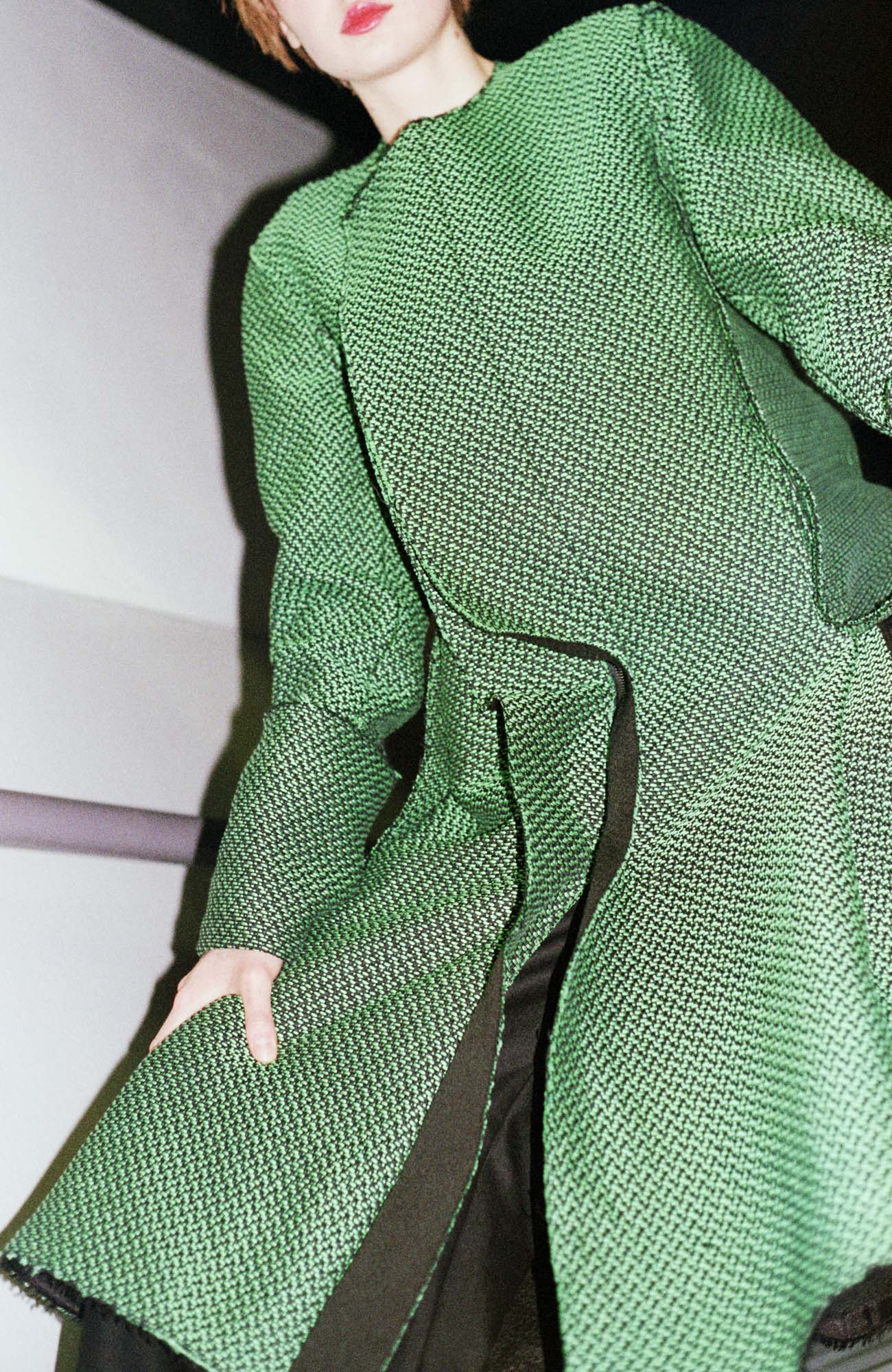

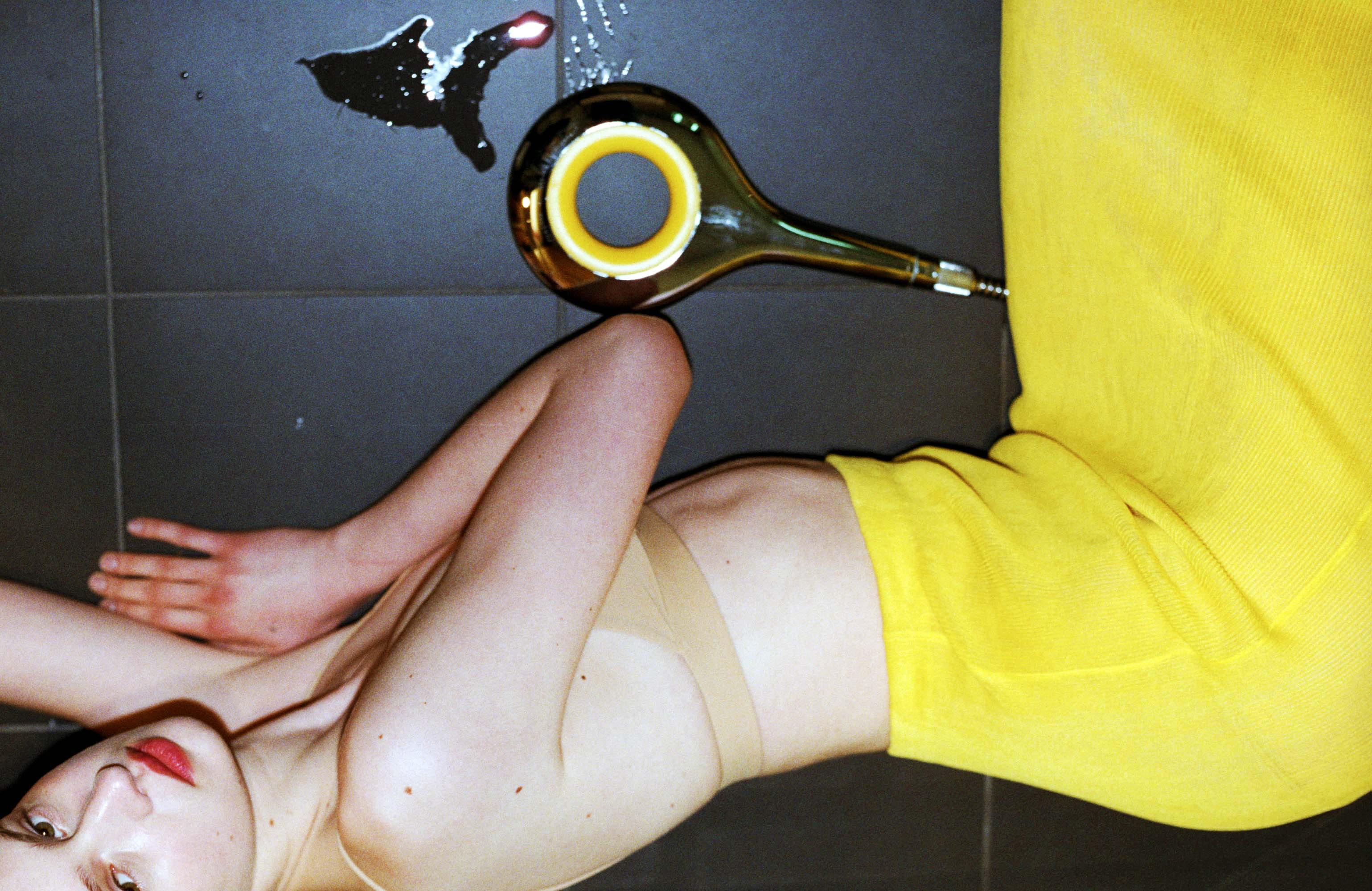





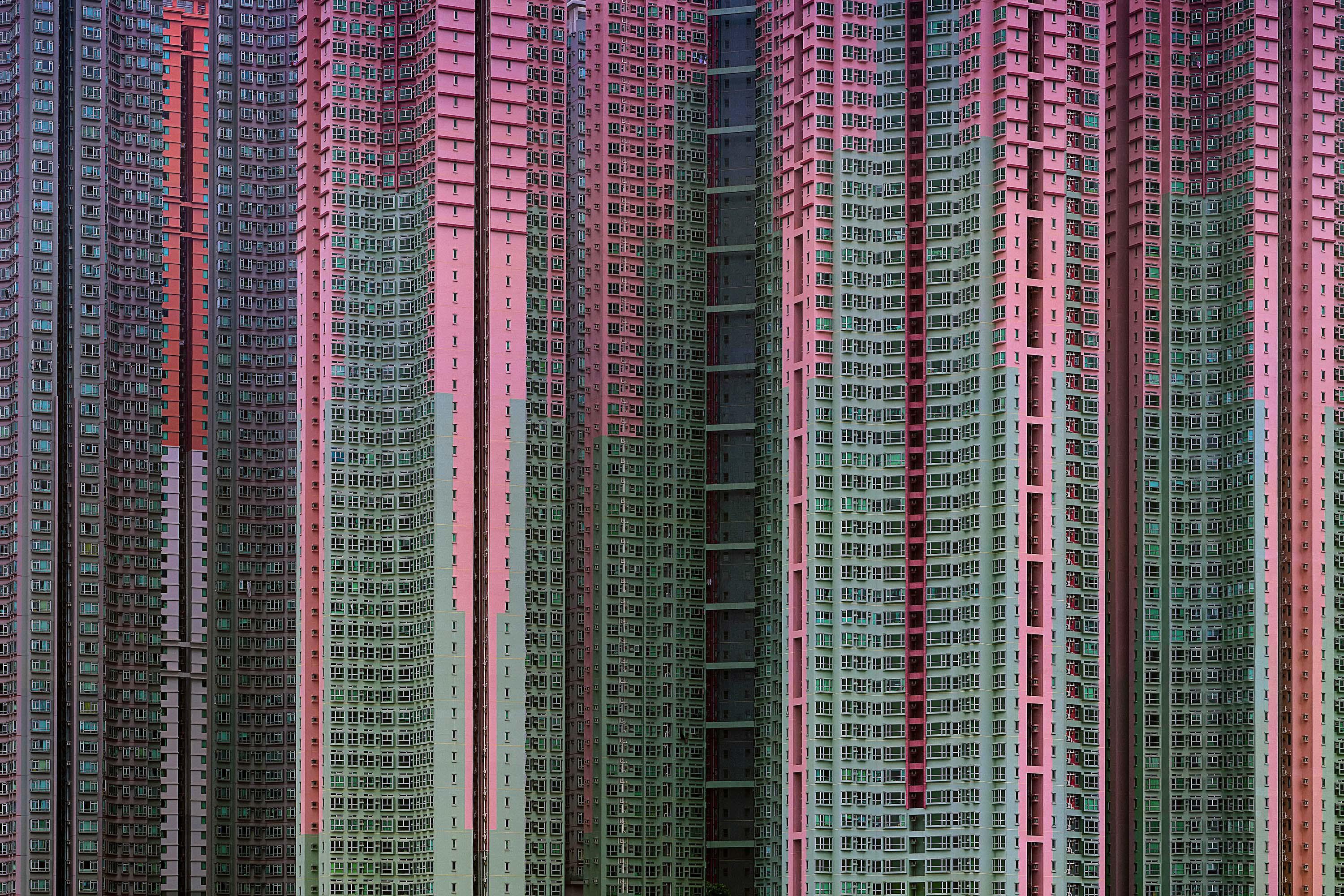
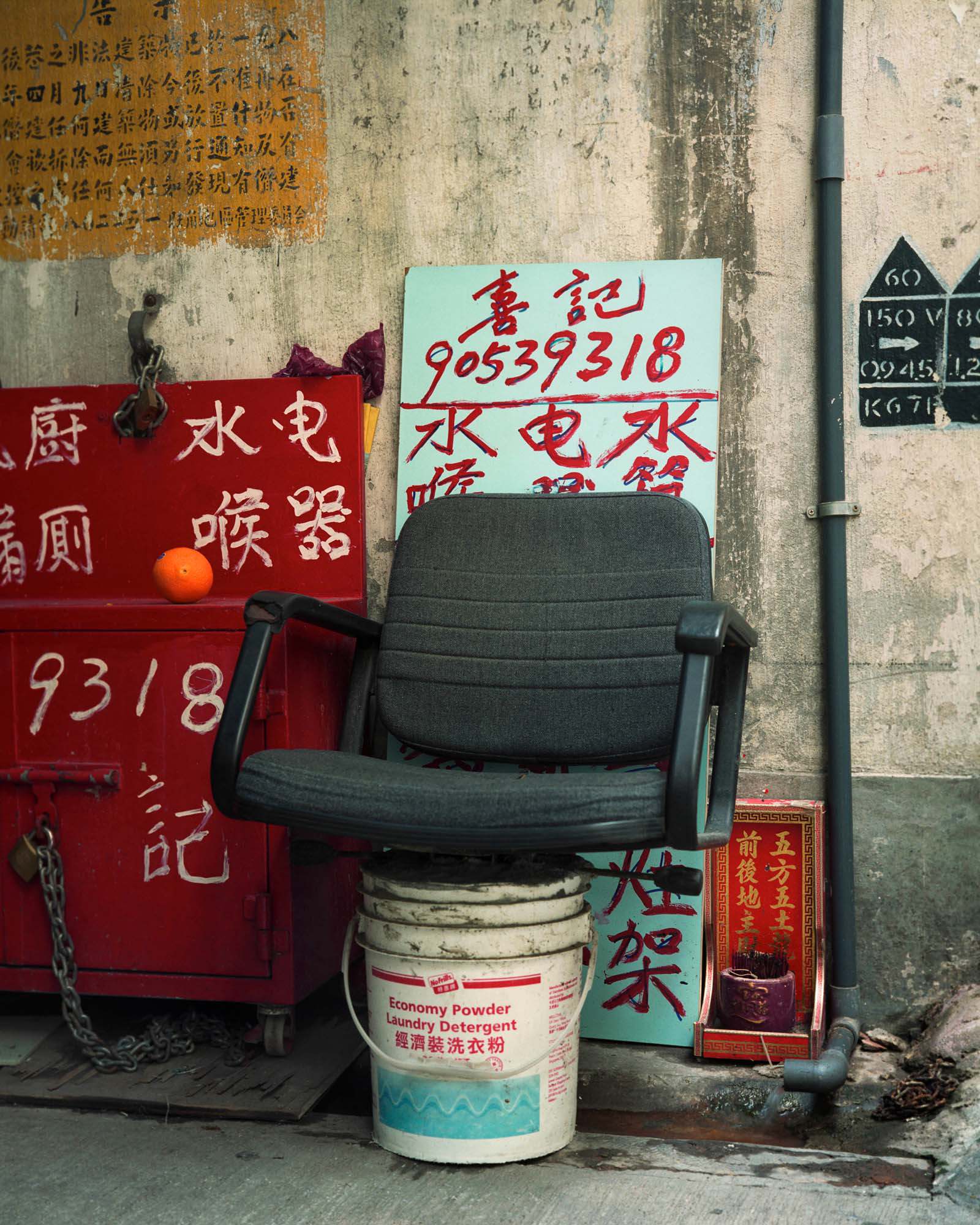
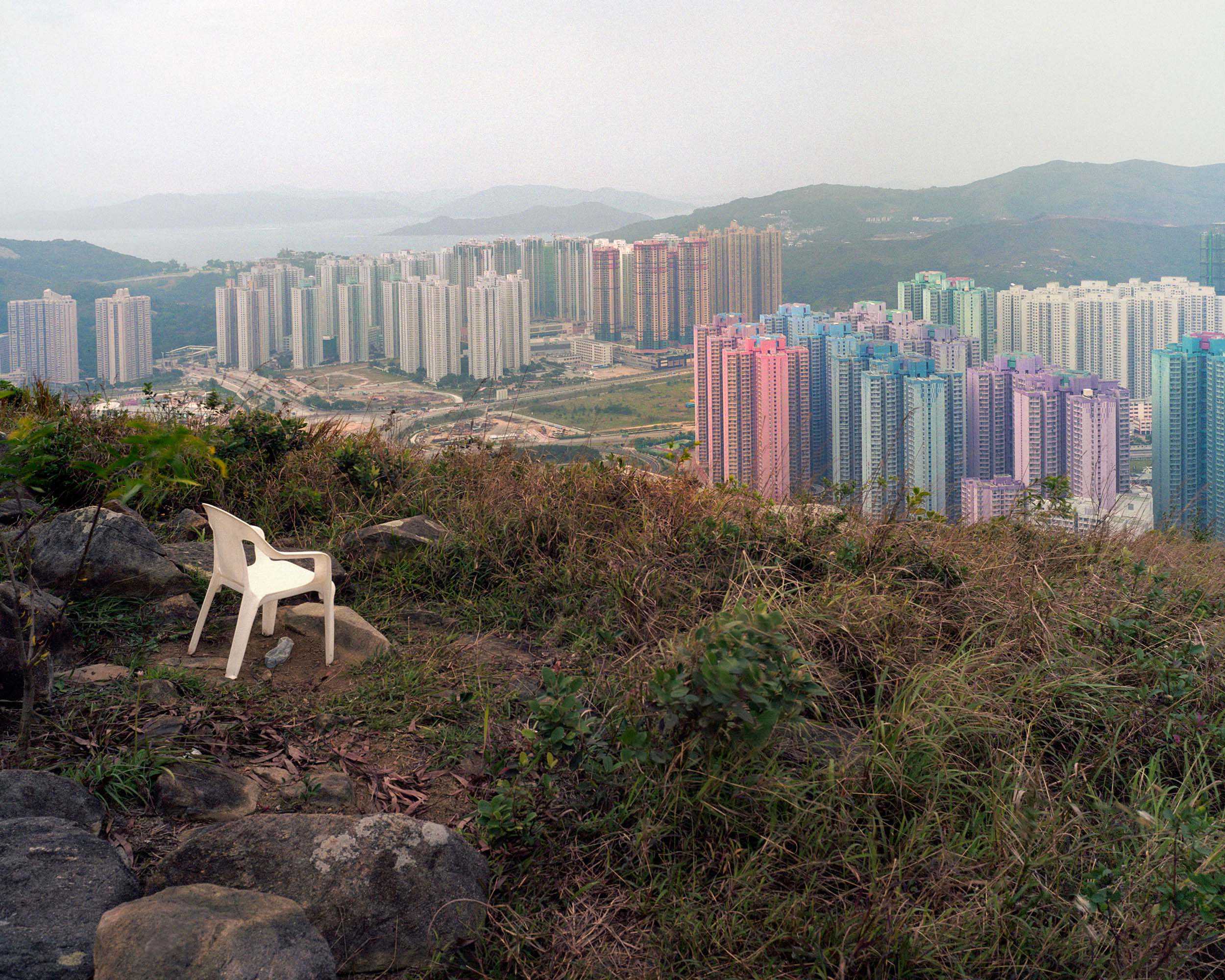

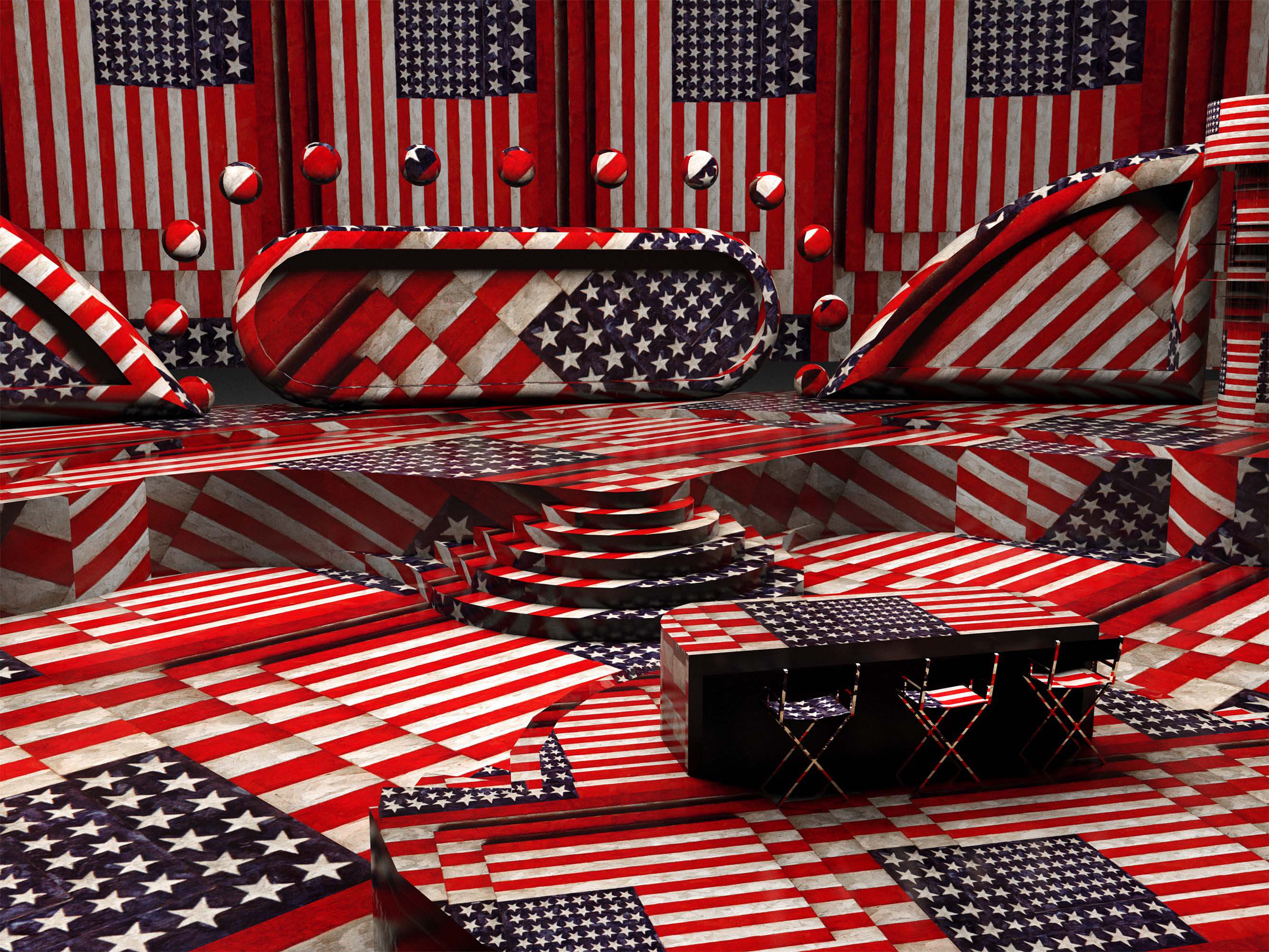
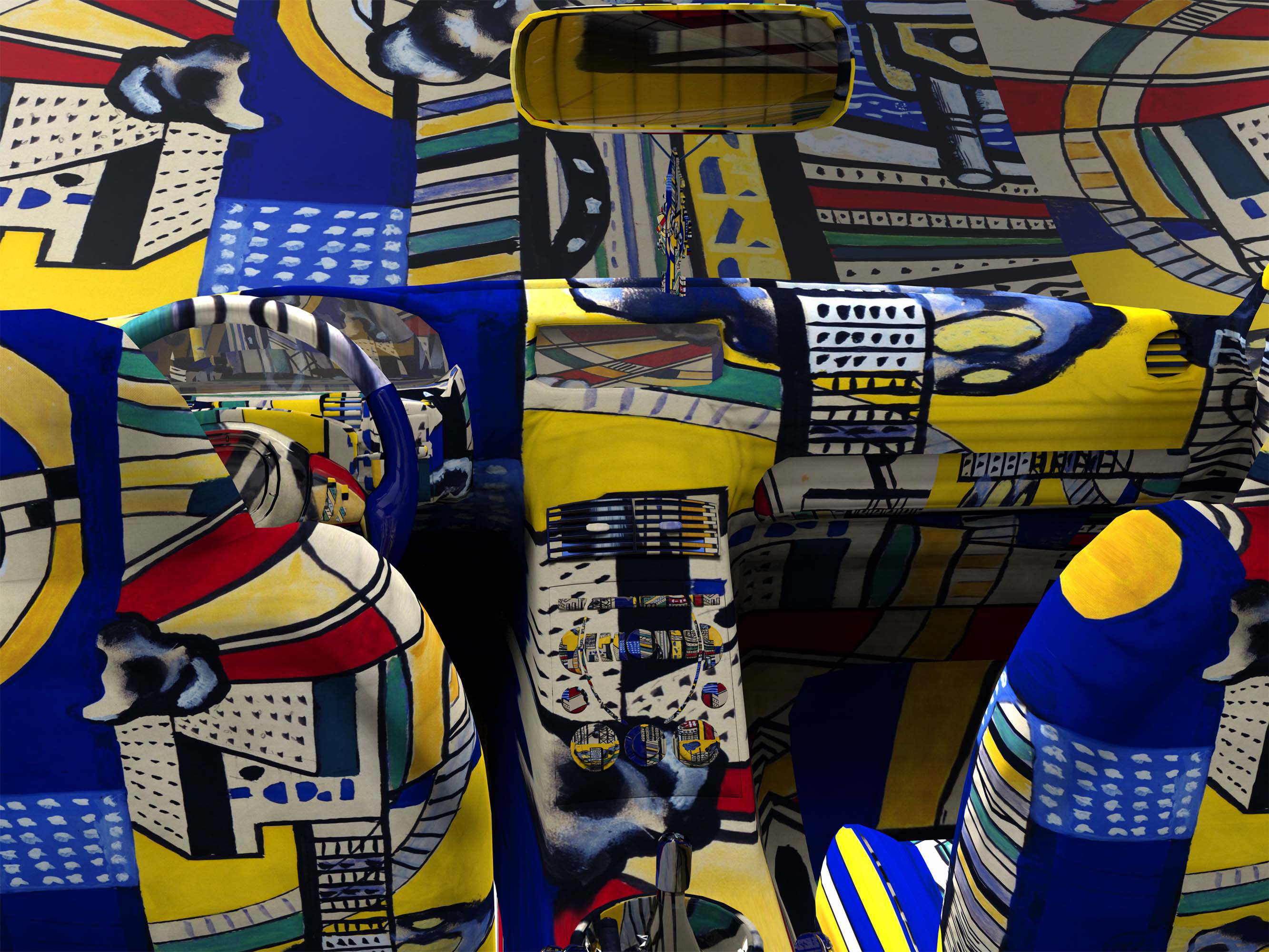
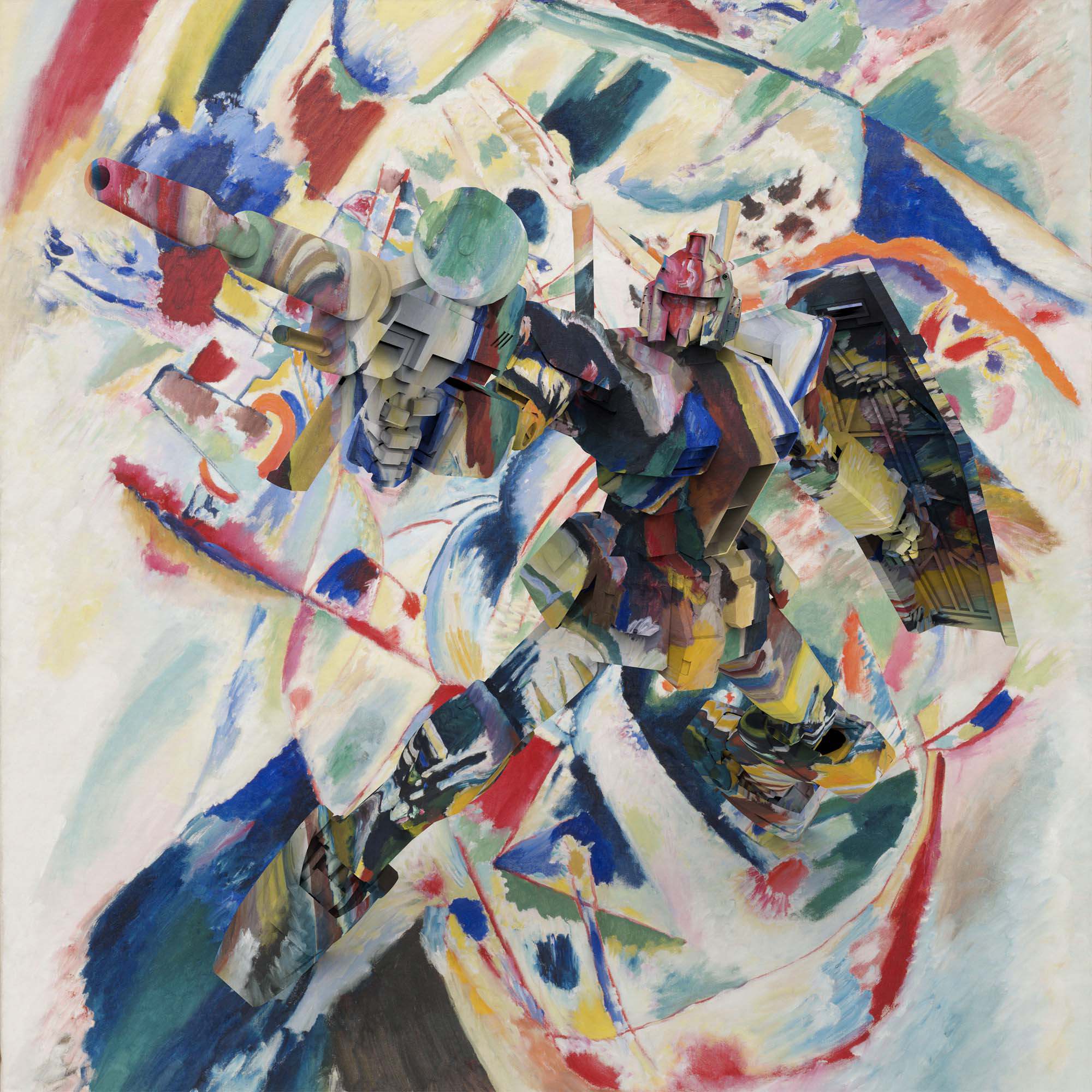
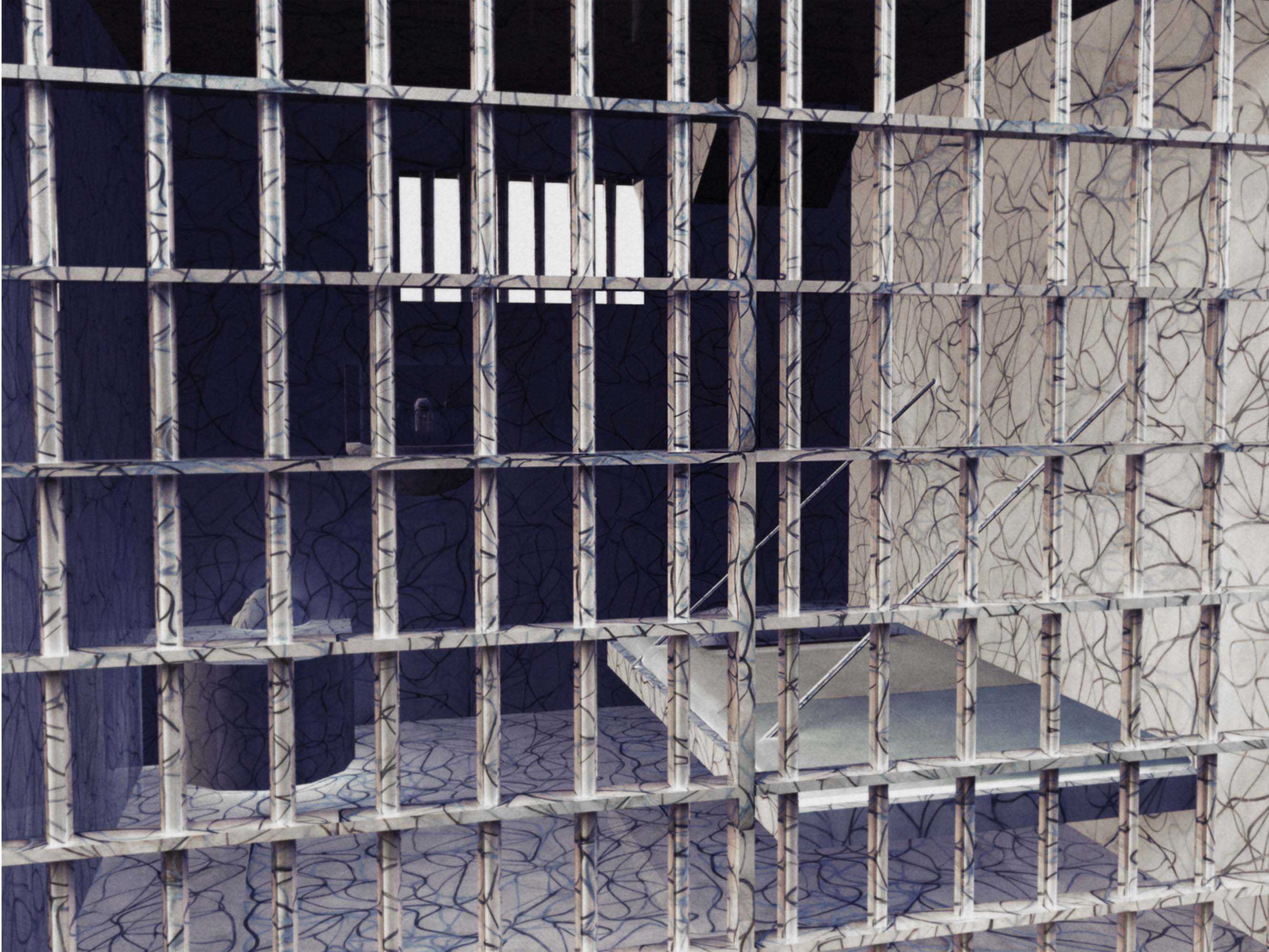
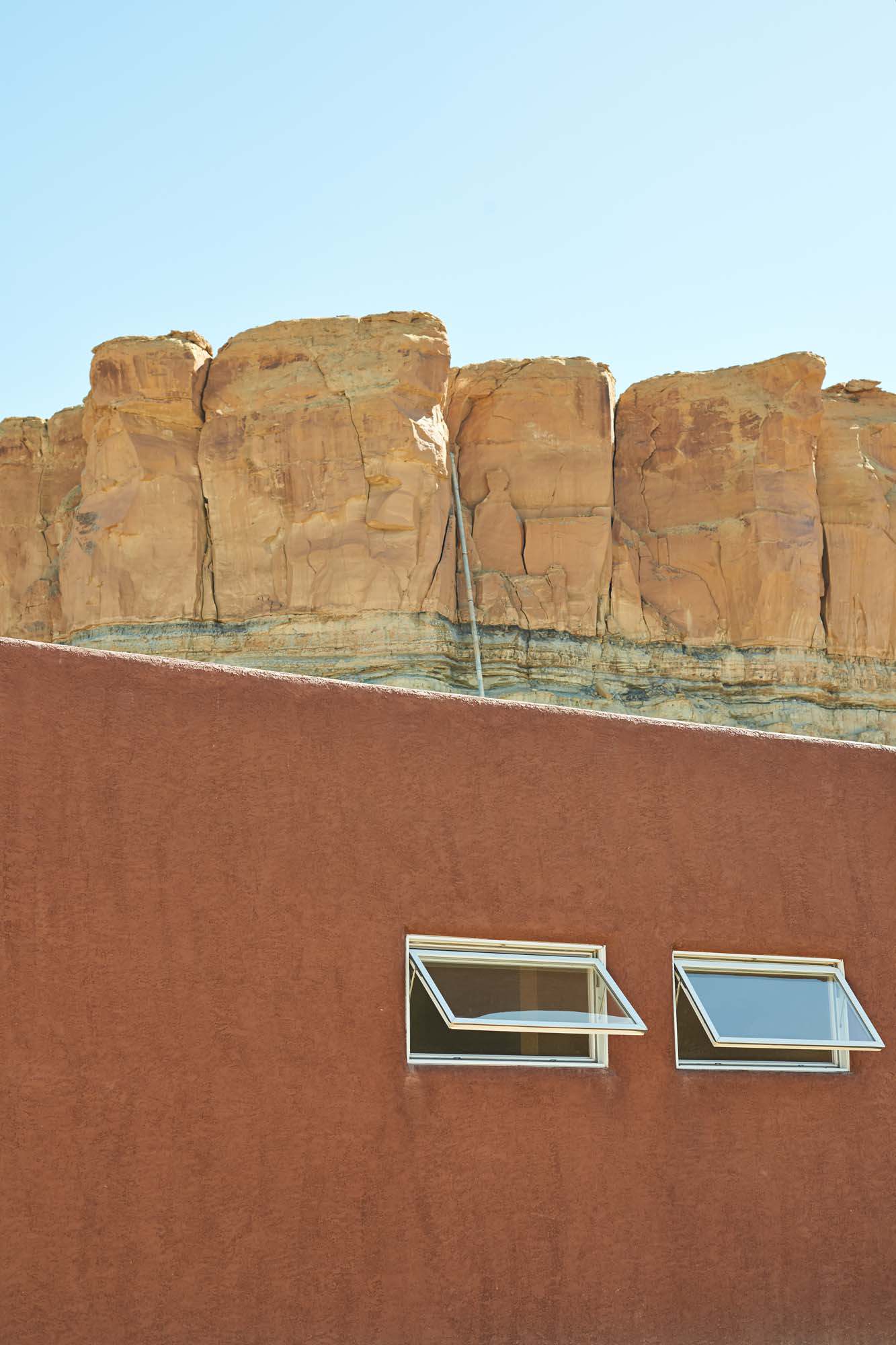
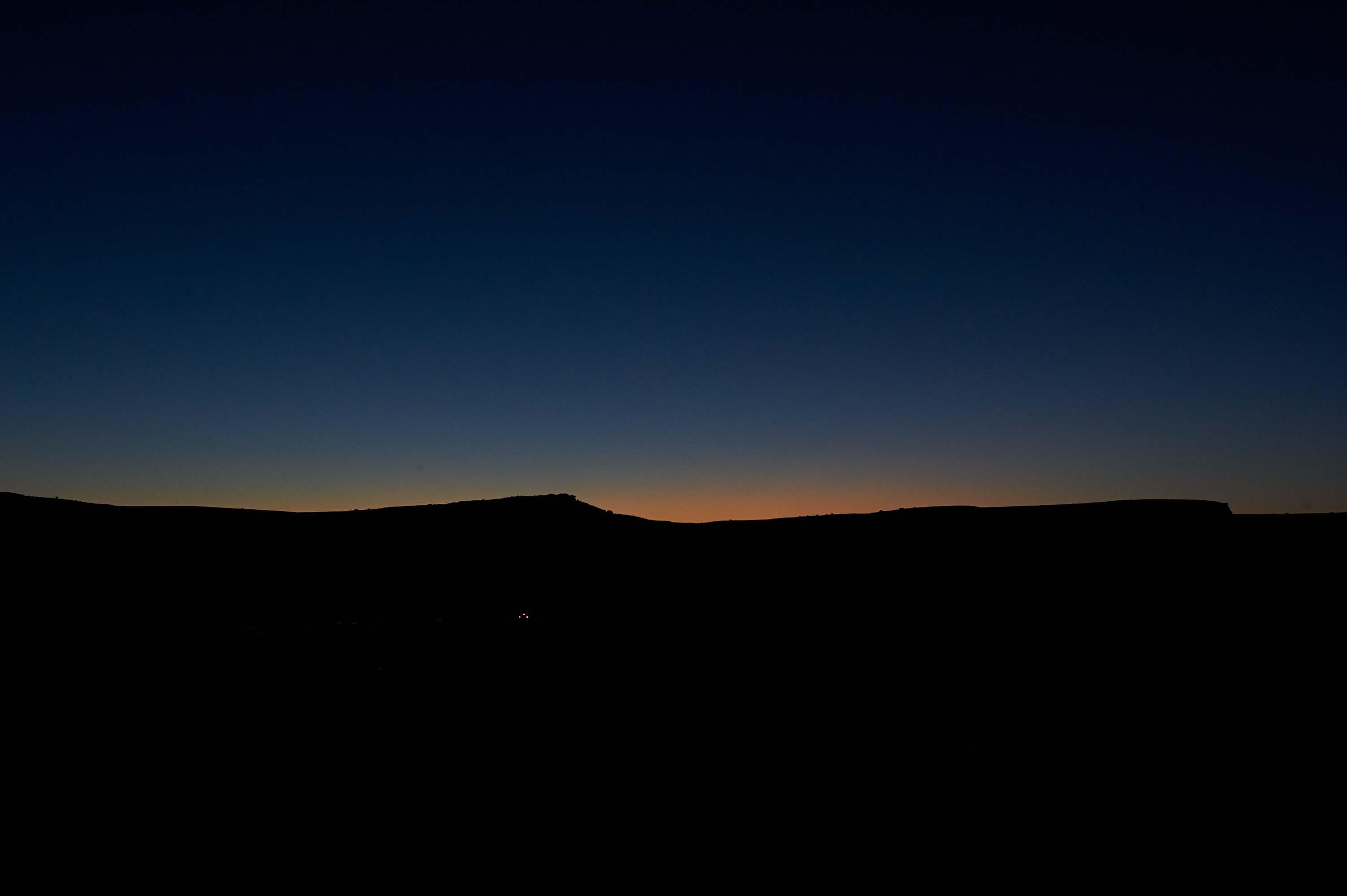

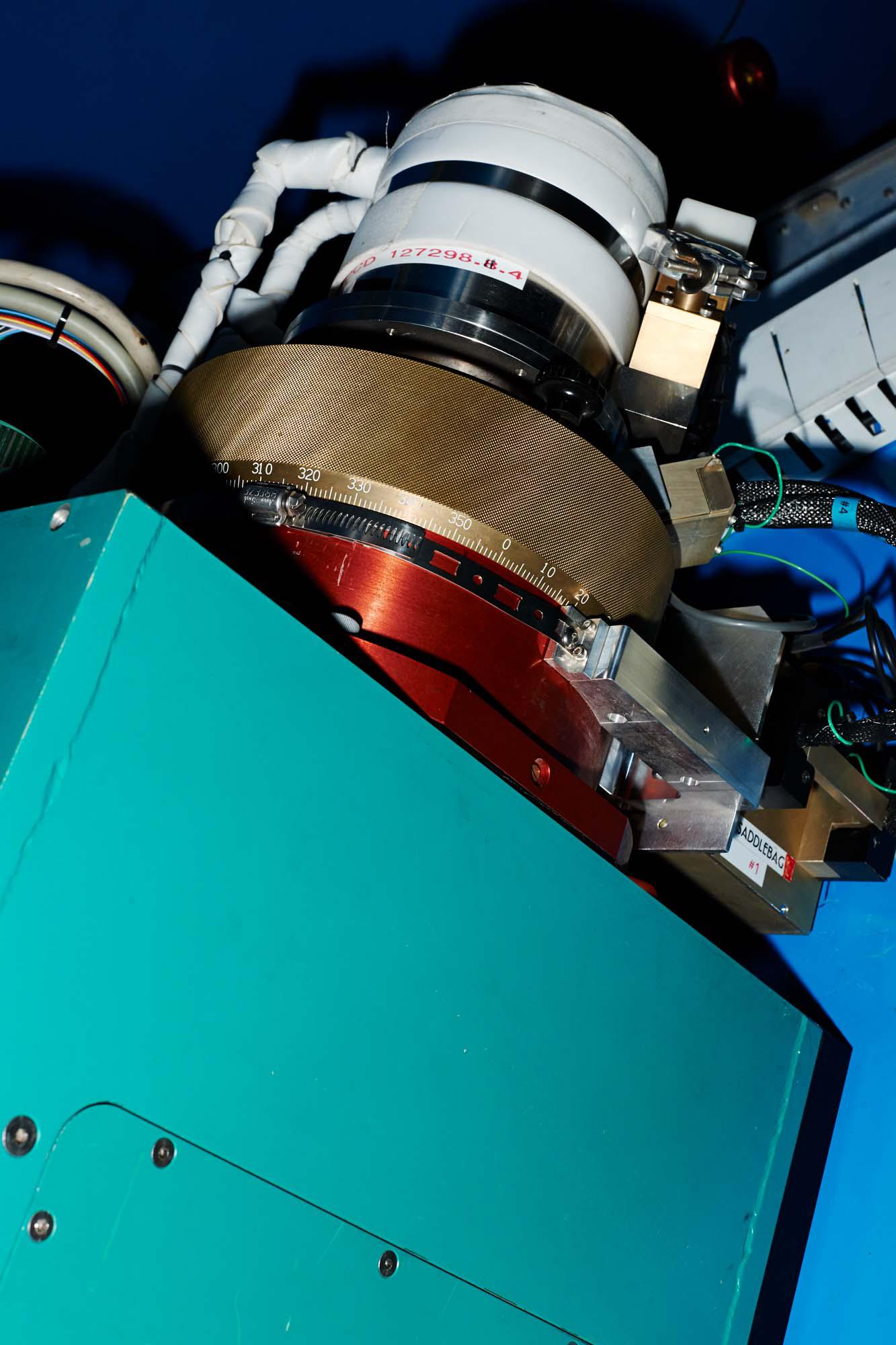


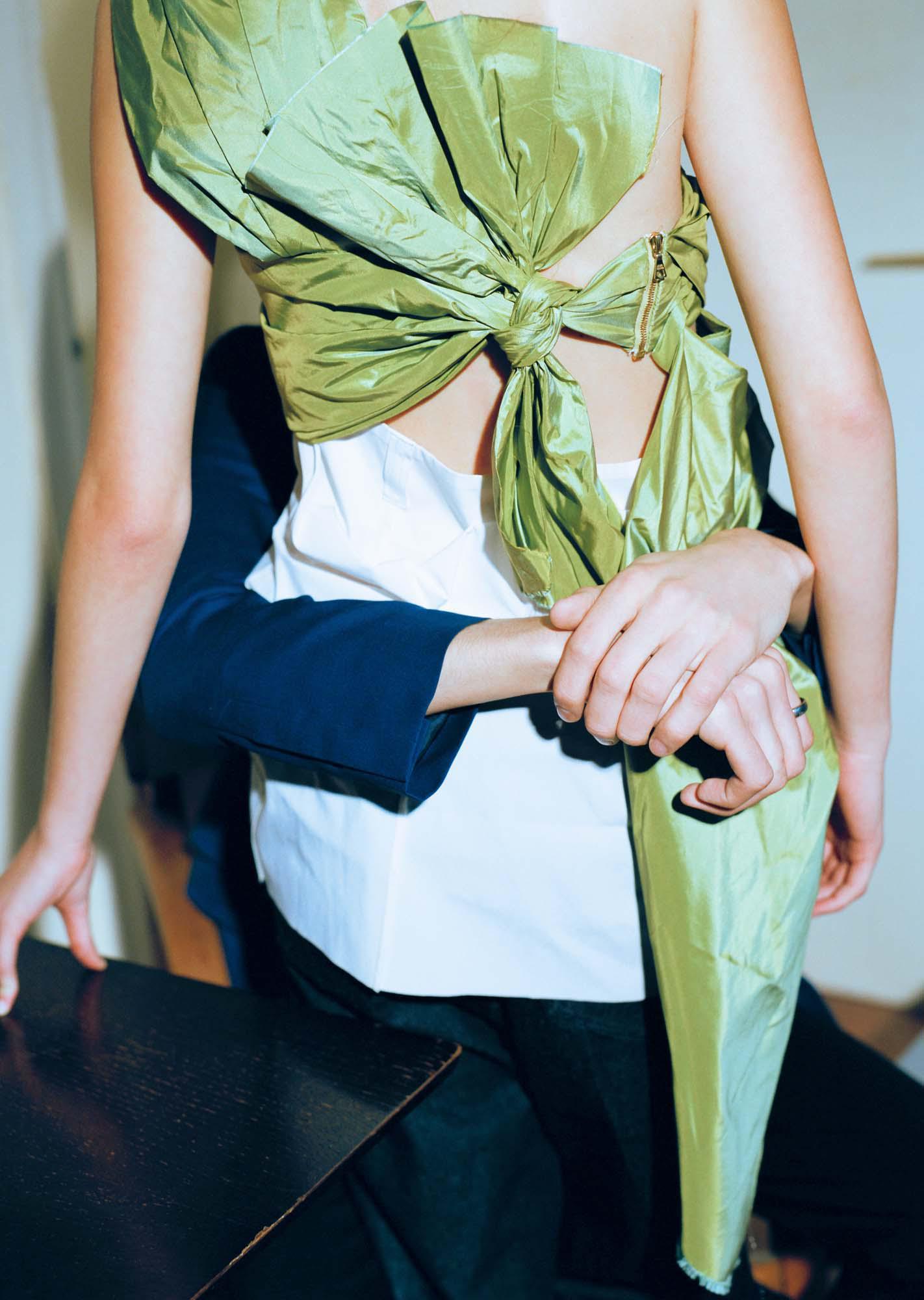
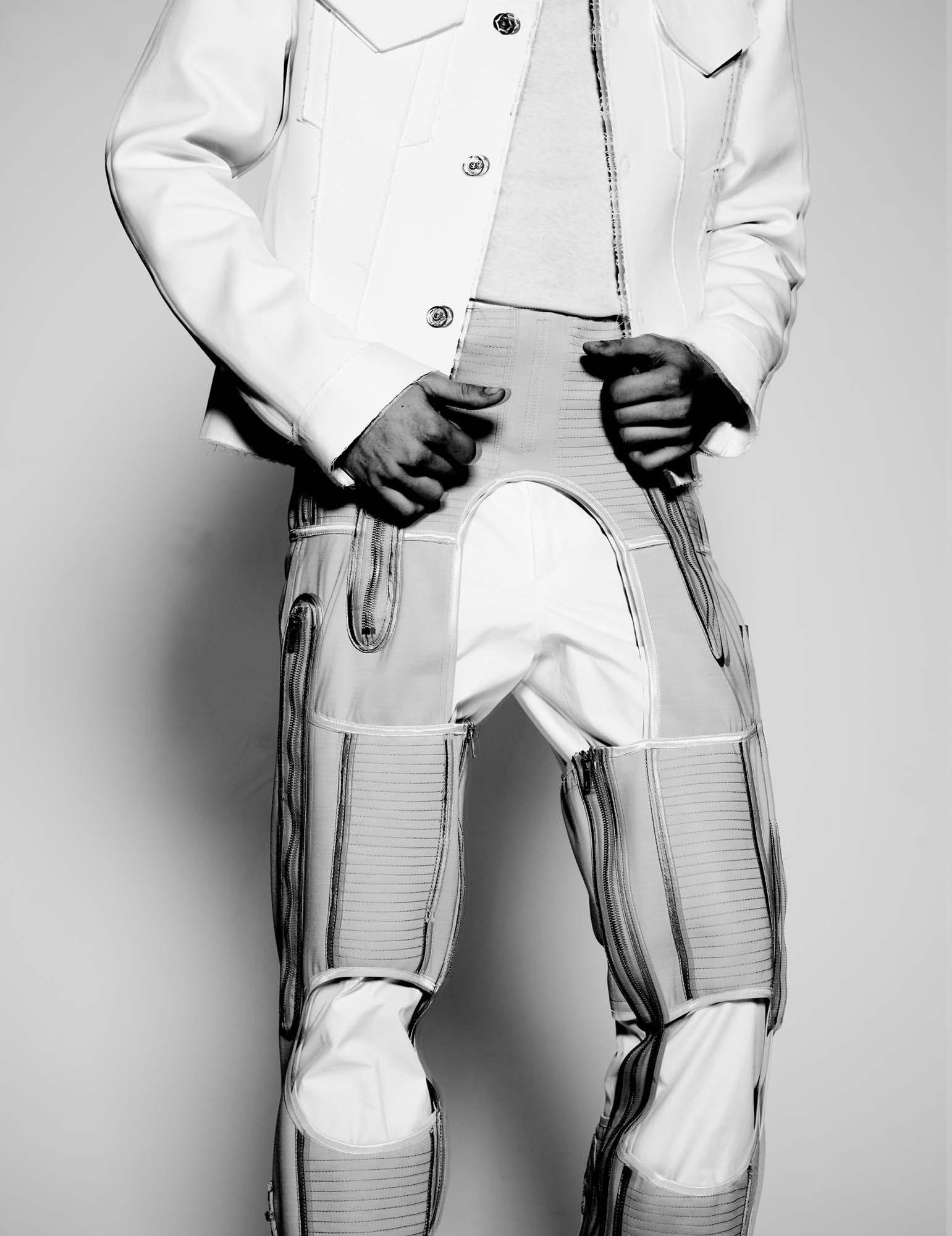
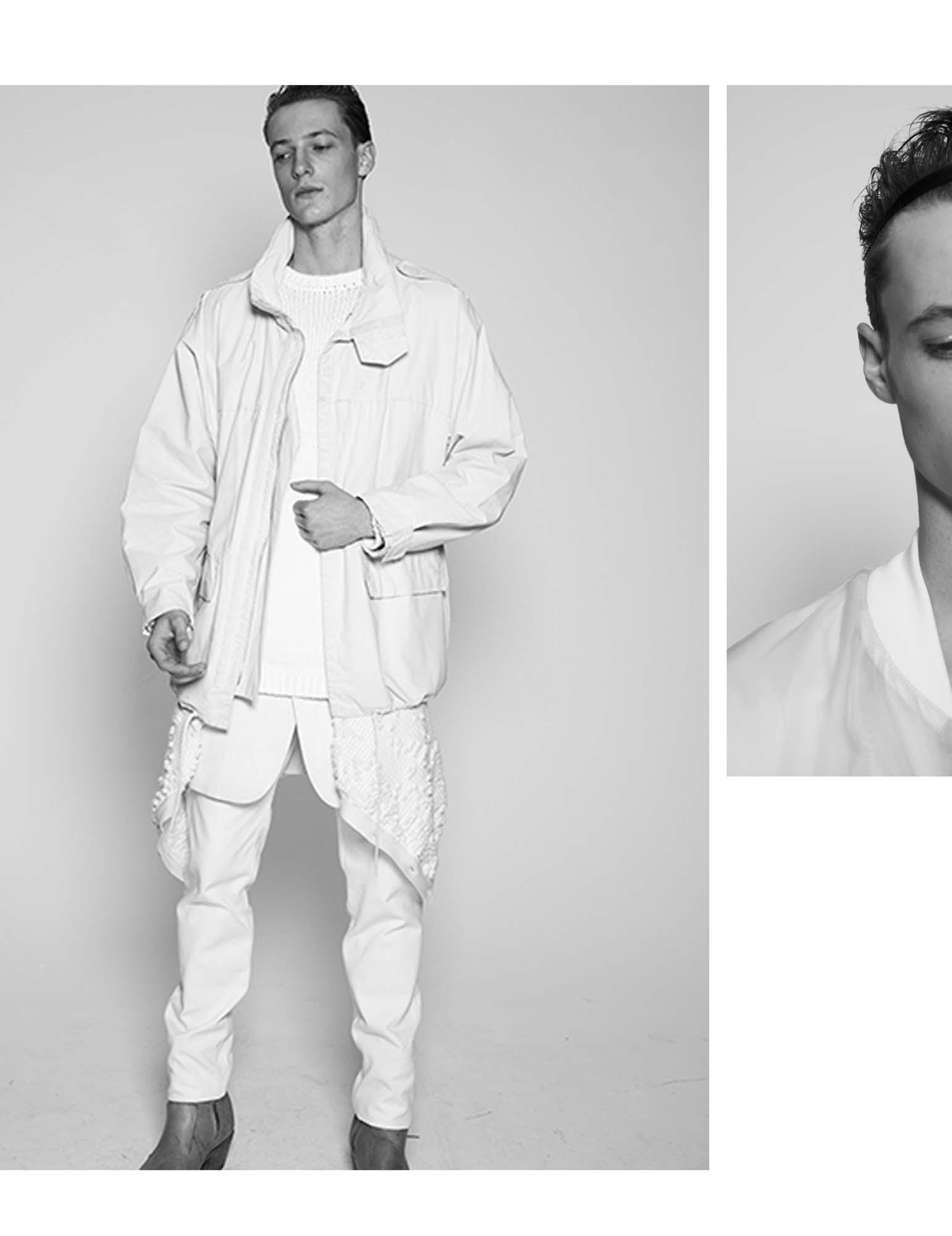
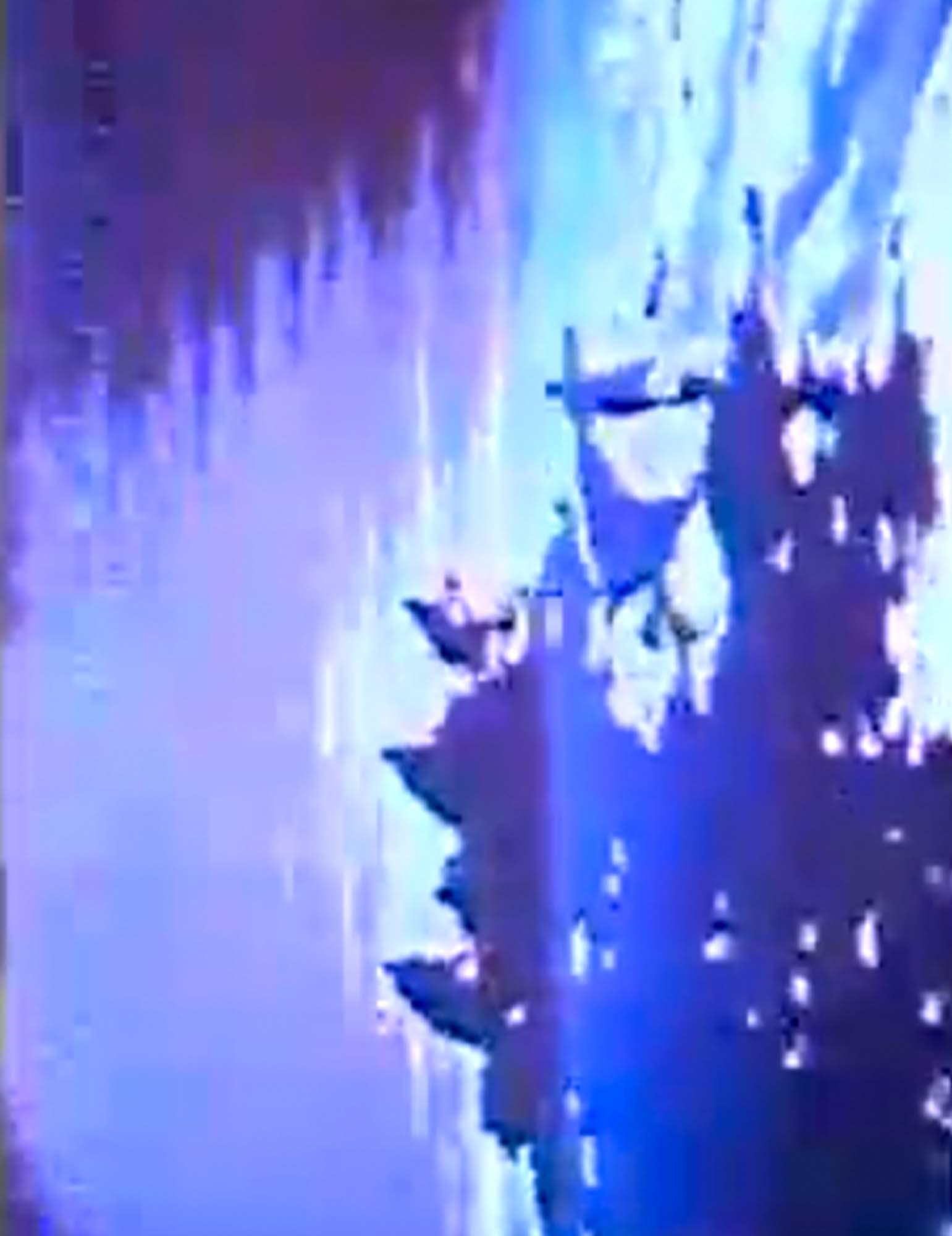
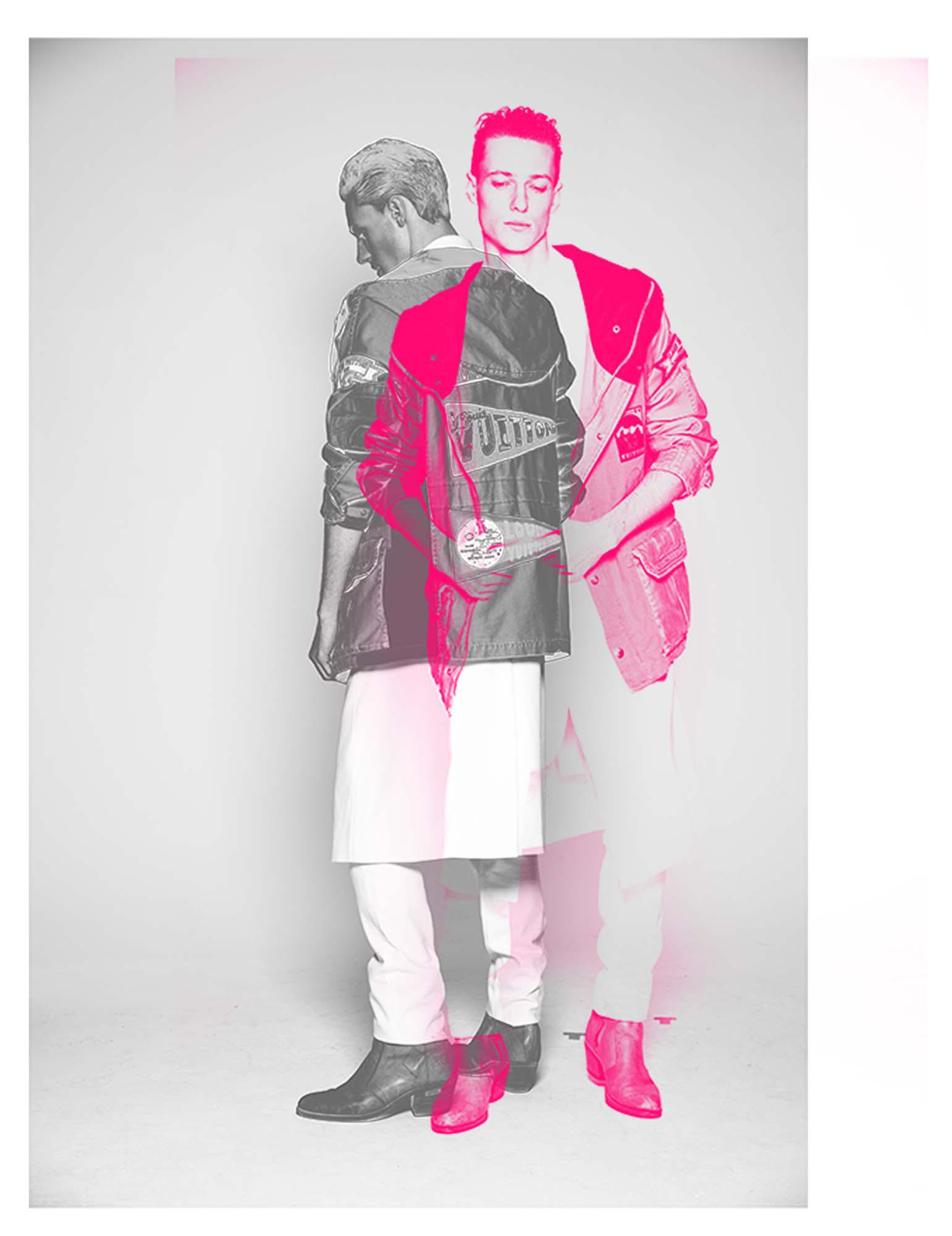
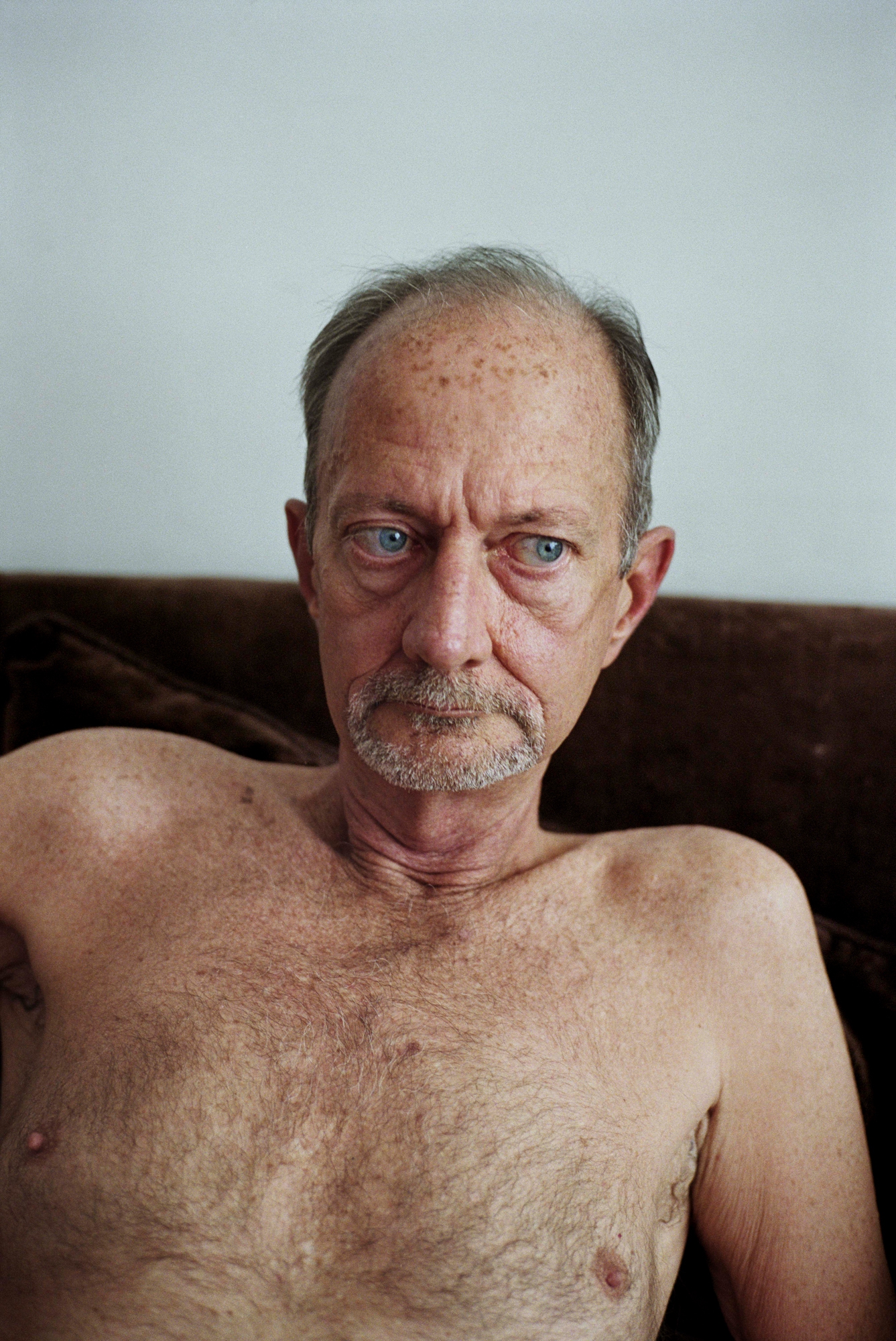
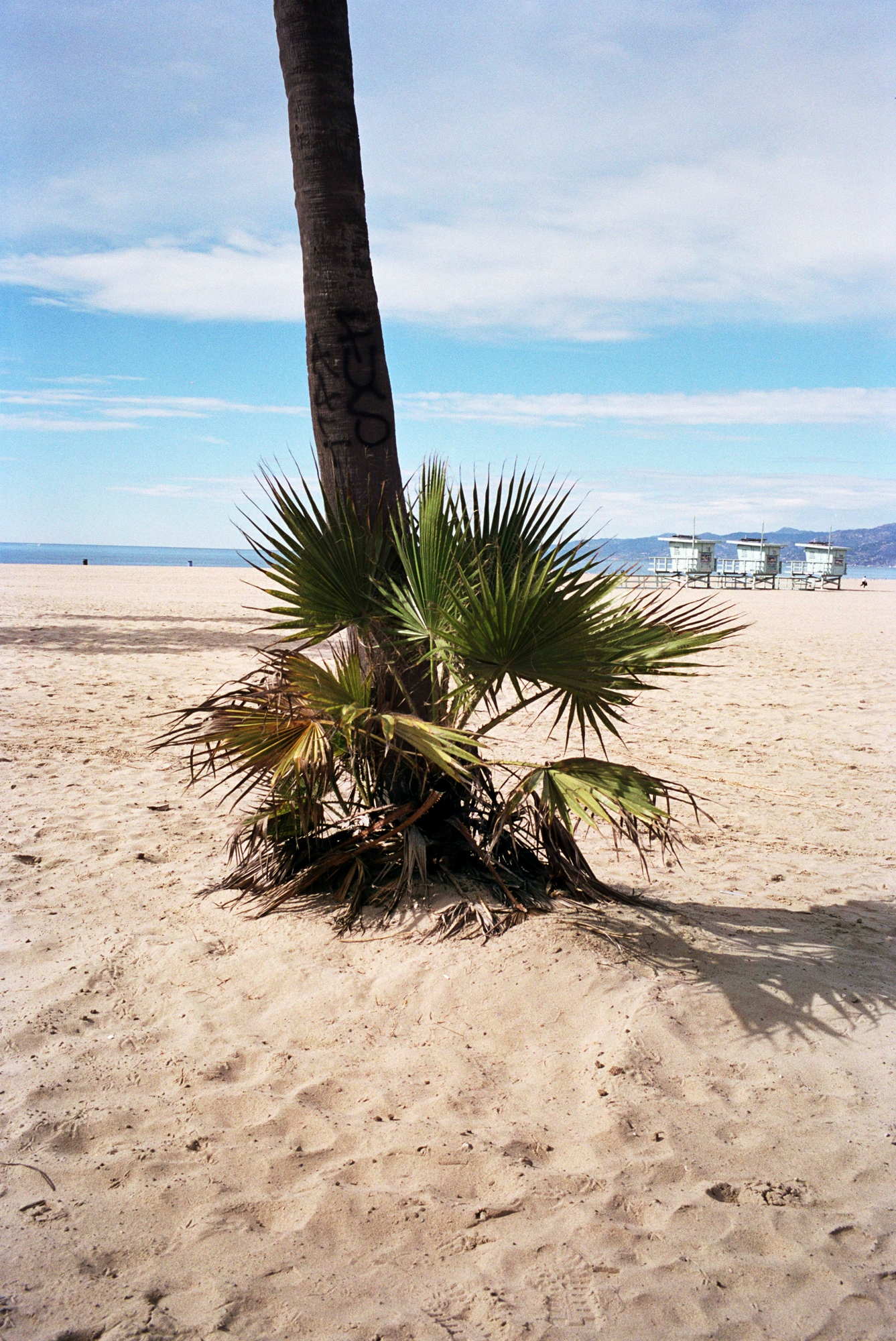

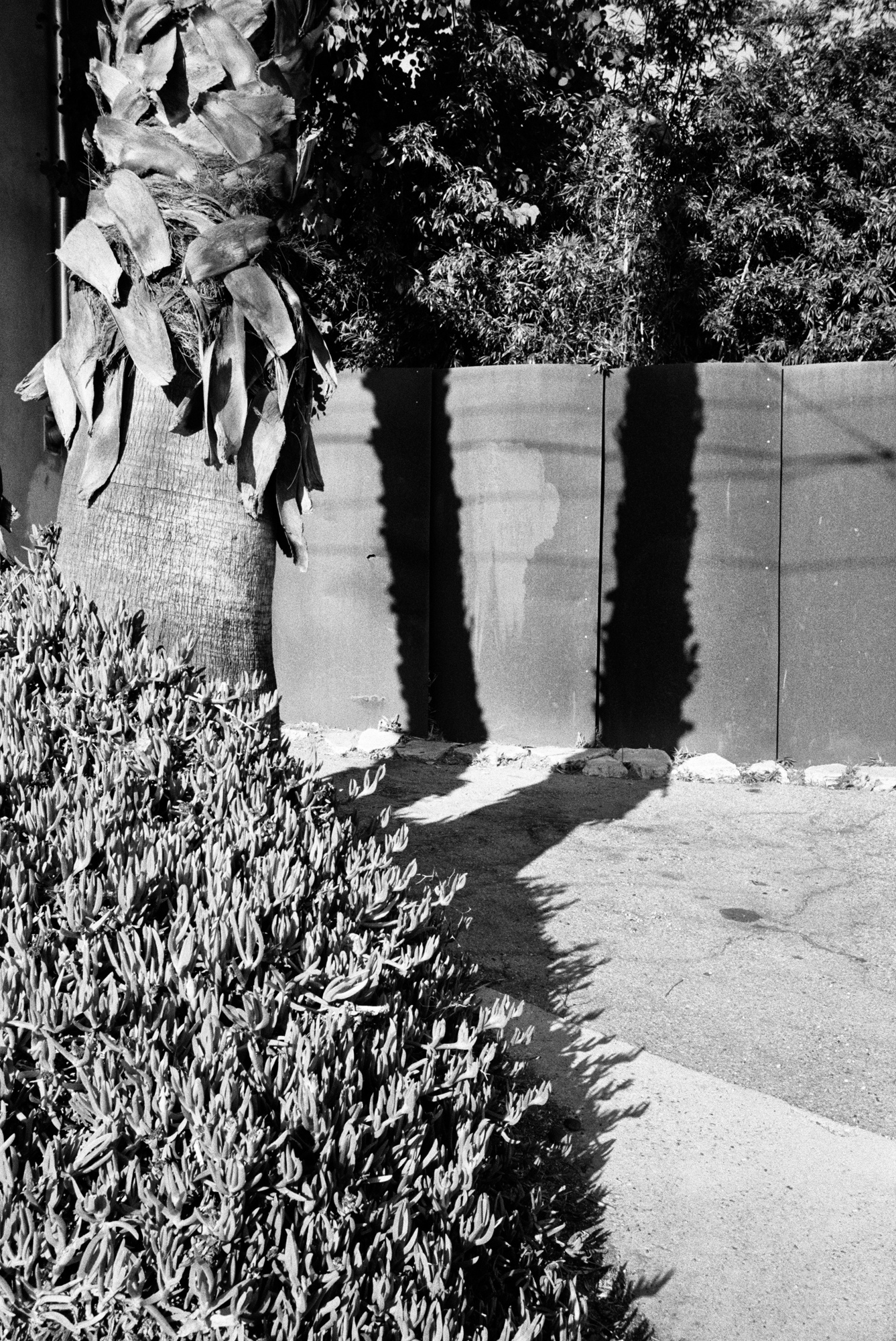
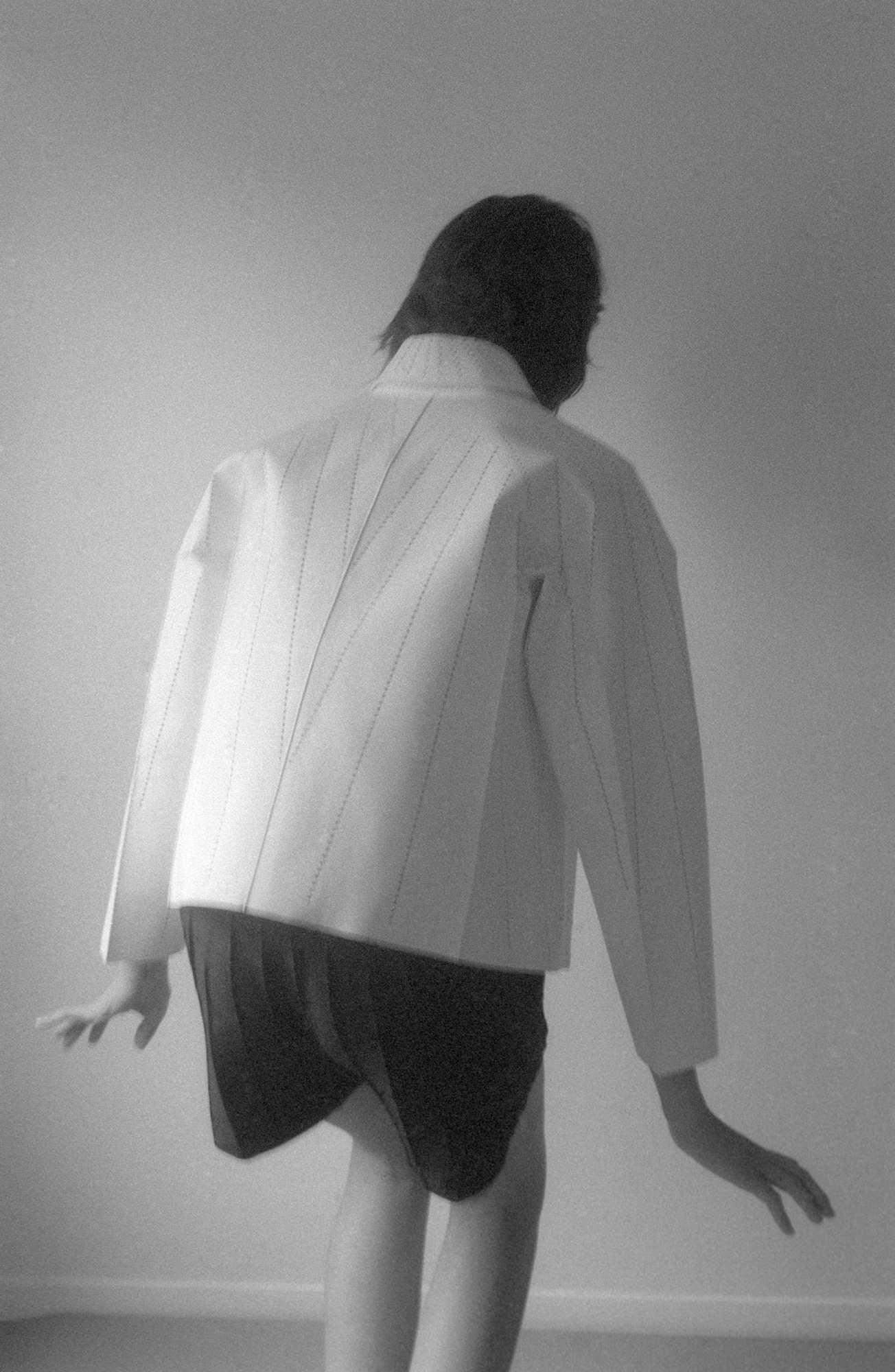

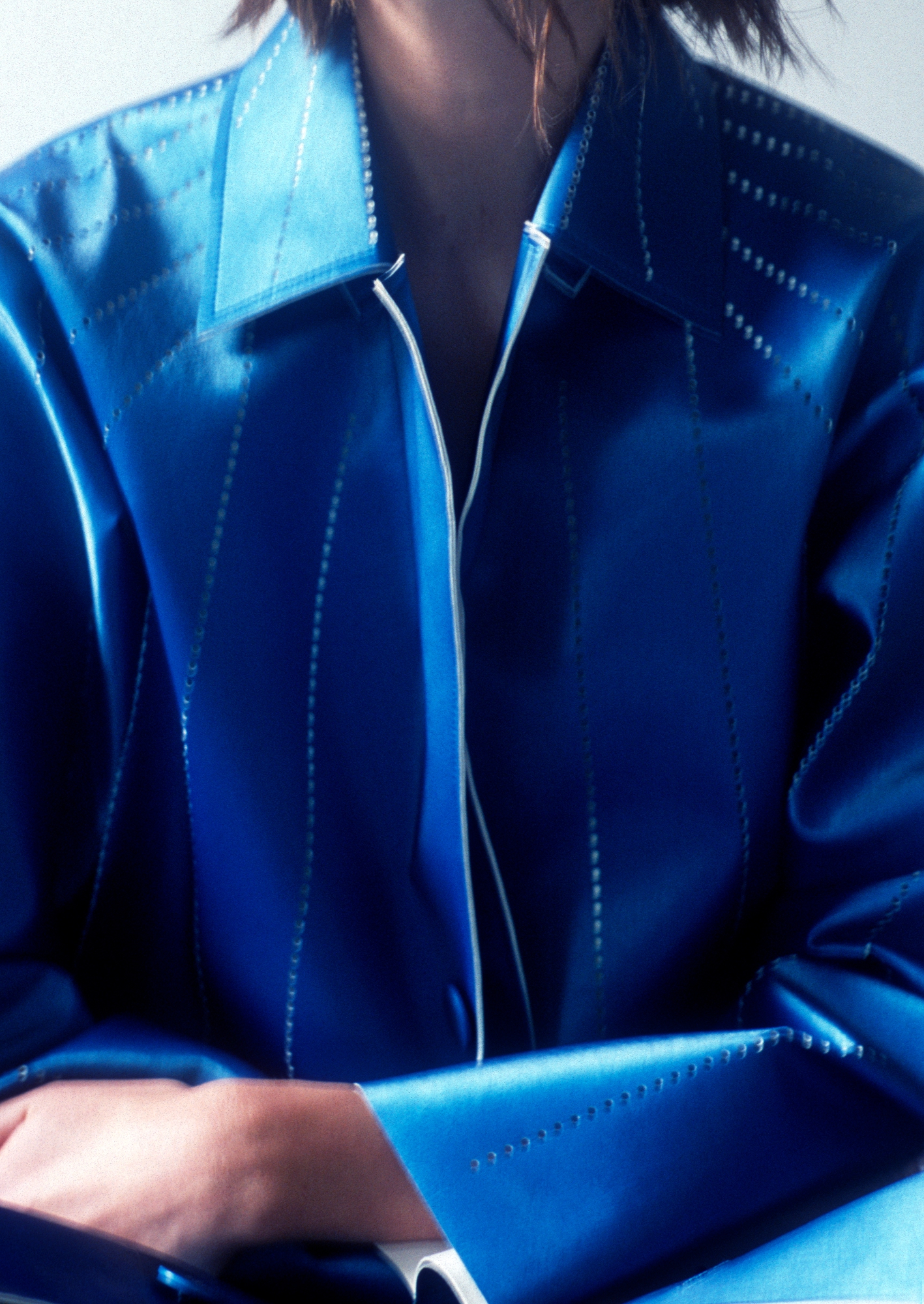
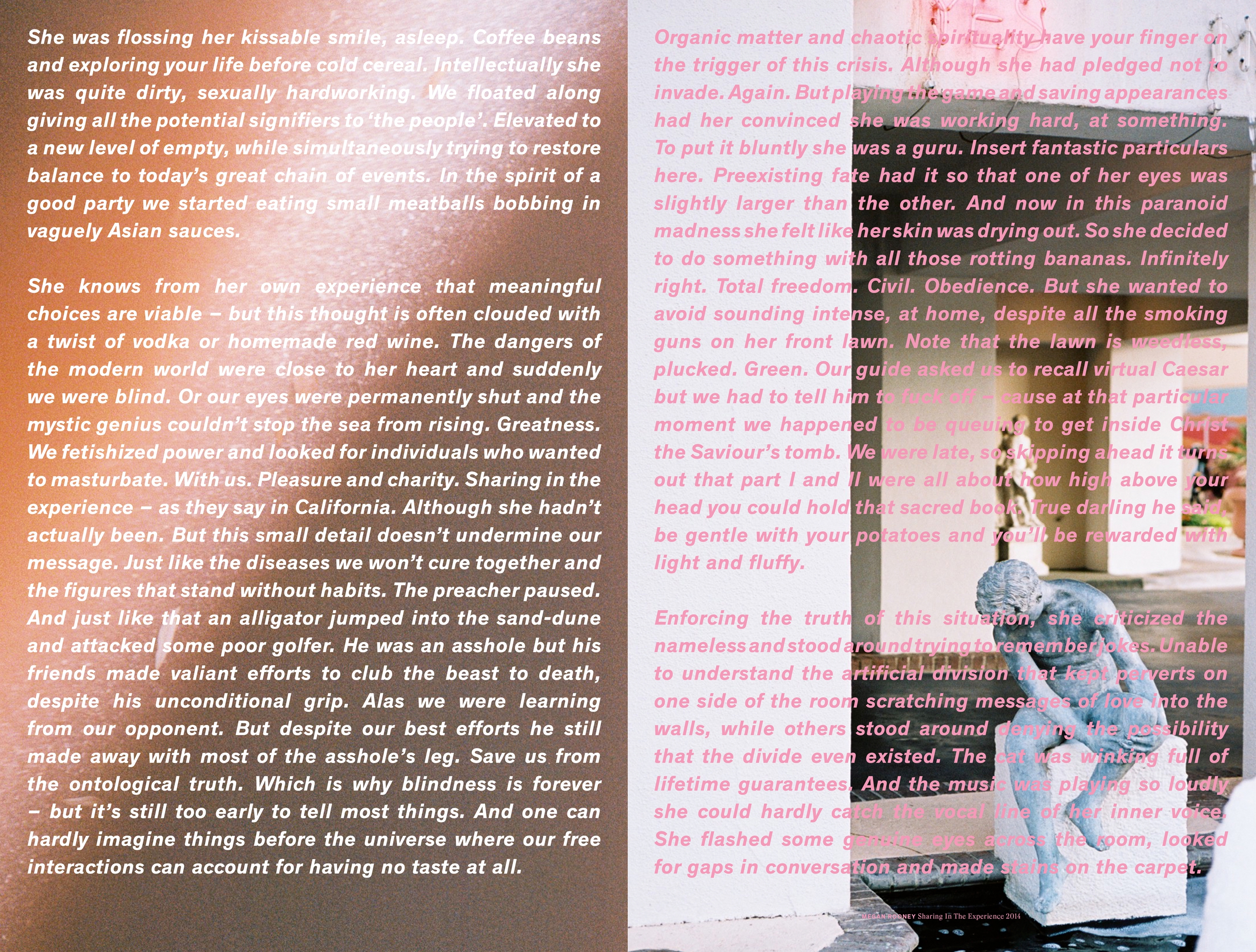
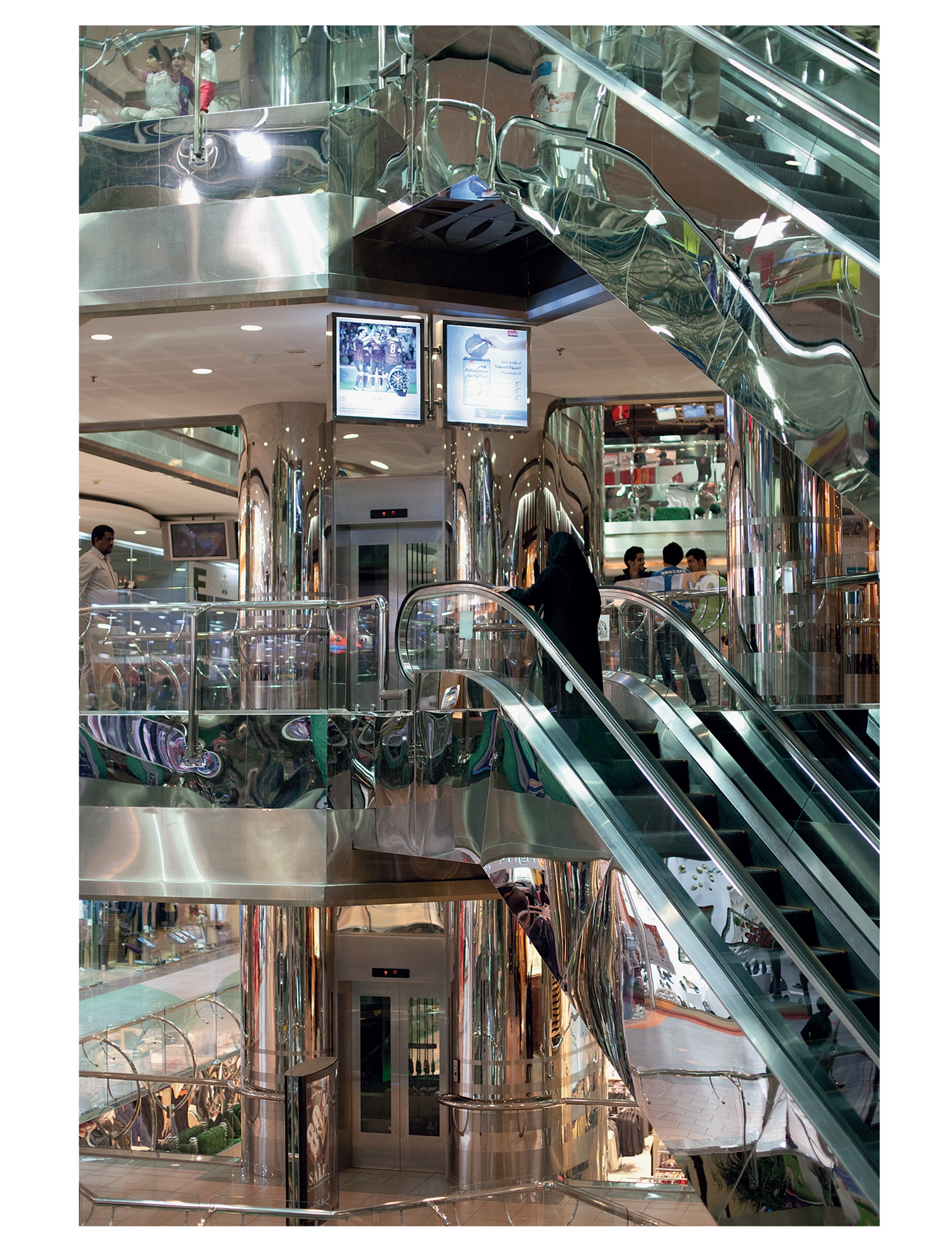
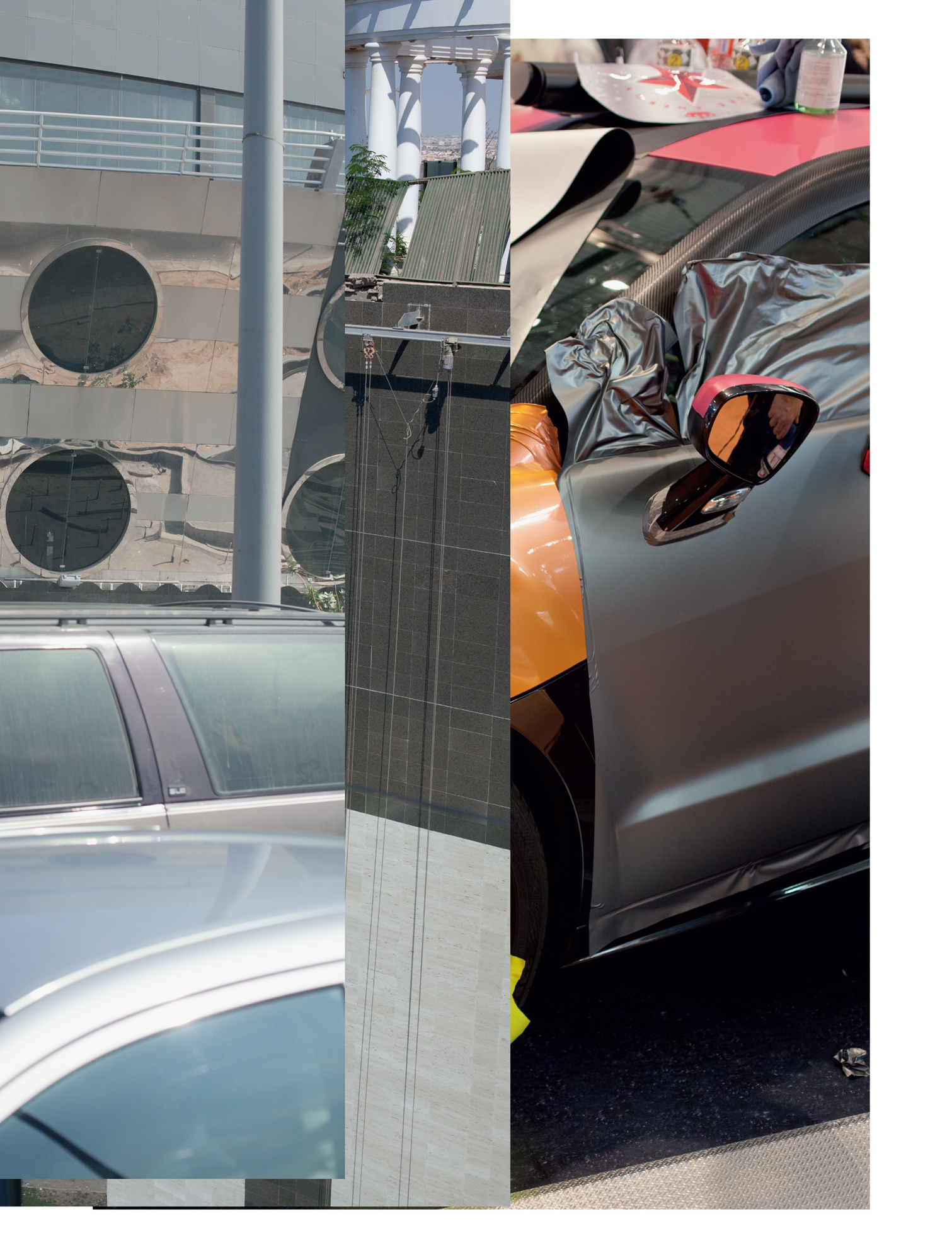

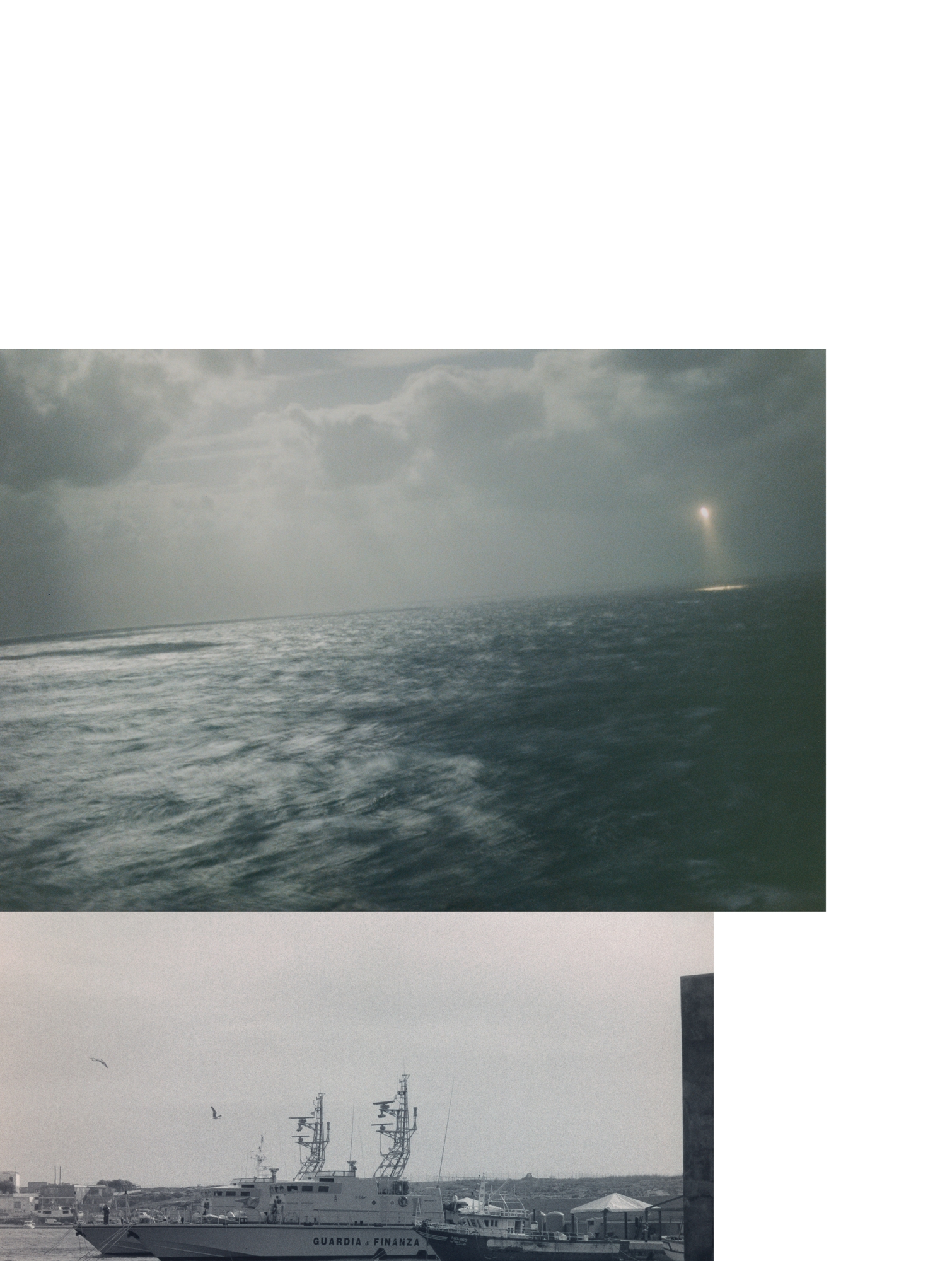
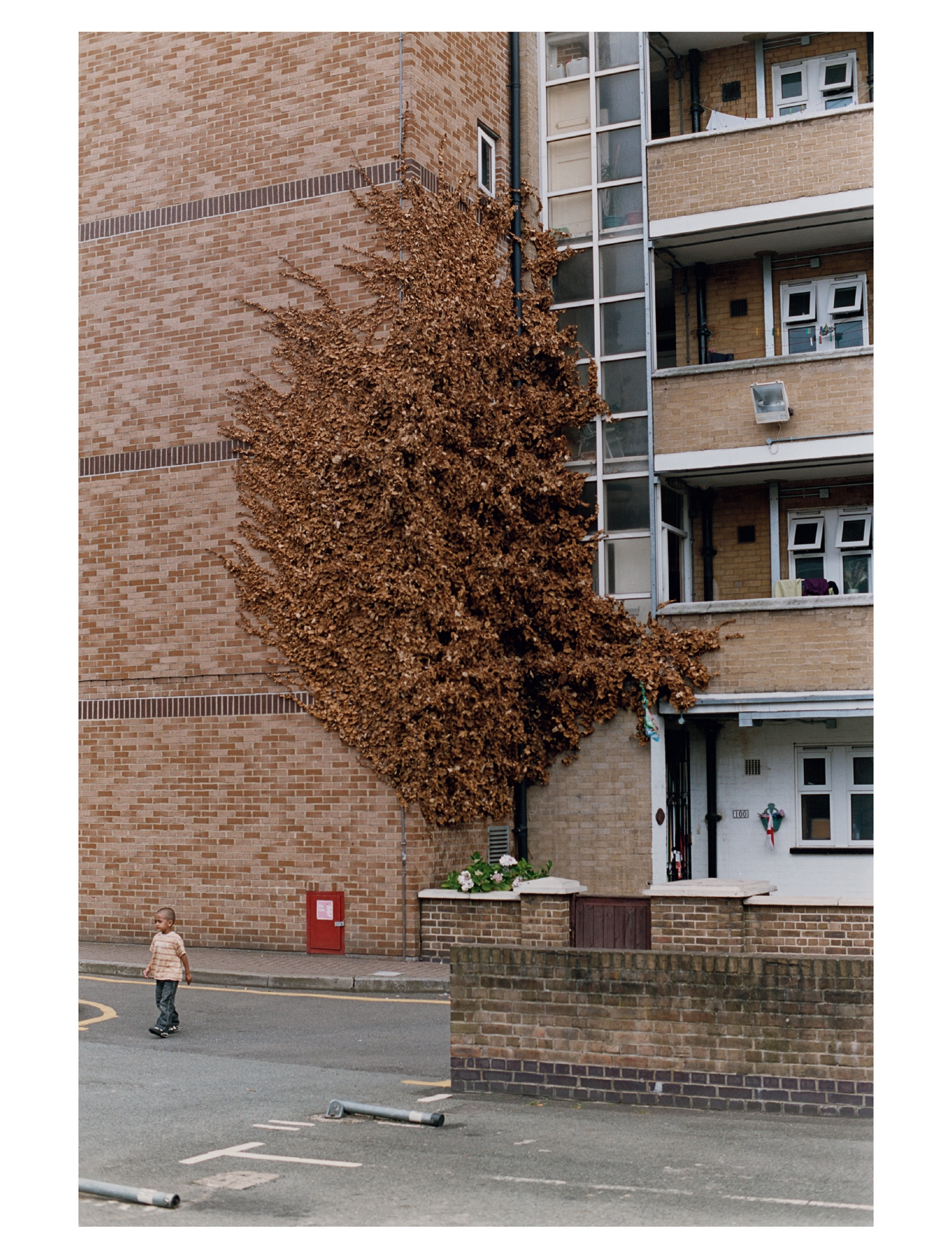
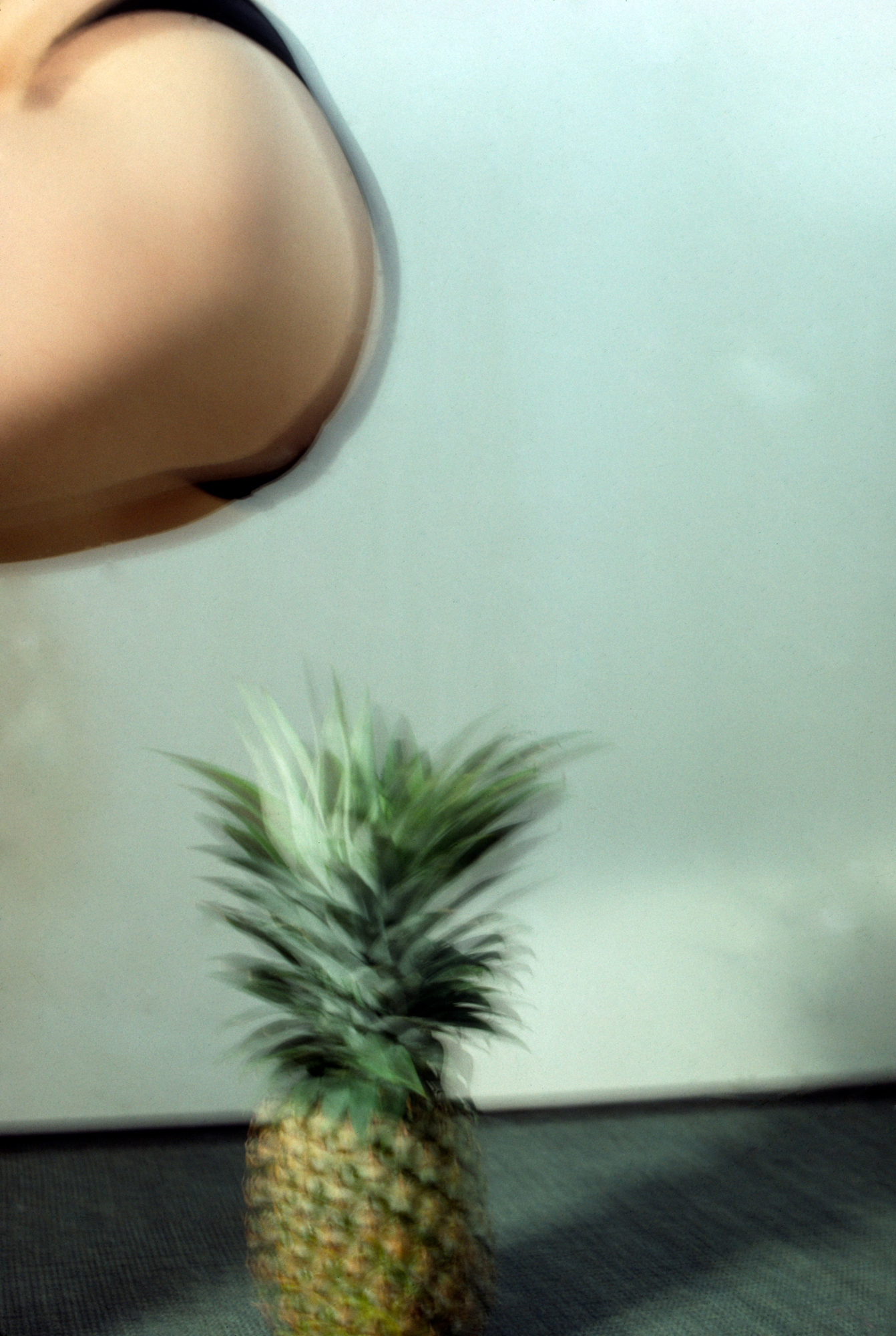
DARK NET
INT. HOUSE. EVENING. PARKER returns to his house, actually, his parents’ house.
His MUM’s in an adjacent room. We never see his parents, ever.
MUM: Parker is that you?
PARKER: Hi mum. Where is everyone?
MUM: Your sister’s in her room and as for your father, well, he’s at some sort of cuddle party –
PARKER: Another one?
ON FANFICTION
Through disinhibition and anonymity, the interface of the computer screen facilitates embellished, exaggerated and eroticised representation. From the edited personae presented on social networks to provocations spewed by trolls, the cat-fished sportsmen and the humans masquerading as Twitterbots, the Internet is a domain where fantasies may flourish. As such, fanfiction – or fanfic – has found a perfect platform on which to thrive.
Fanfic is a bona fide cultural phenomenon; a gargantuan, sprawling, largely online literary subculture consisting of websites filled with stories written by fans about their favorite subjects in popular culture.
PLUS ÇA CHANGE
In 1971 when SPACE opened its first studio building in the London borough of Hackney, landlords were desperate to find new uses for their obsolete factory buildings. Come 2014 the average cost of a home in the borough is £500,000 and Hackney is a big draw for foodies, fashionistas and investors, part of an accelerating cycle of new wave gentrifiers and artistes. Designer buggies fill the pavements whilst diners snack on gourmet pickles behind discreet shop fronts along Mare Street, from Bethnal Green to the council’s flagship pop-up on the Narroway. Hackney Village is the place to be for would-be bohemians vaguely hoping to rub shoulders with real artists and real people. Newcomers crave Lost London, a connection with an authentic past. Luxury brands flood the borough. I spot a new designer Tote bag emblazoned with Acne Studios walking down the street, which I naively assume has something to do with artist studios.
ON BEING ALIVE
GUISEPPE SALZA: You have written ‘Virtual Light’. So, what do you think of Virtual Reality?
If we take what I consider the ‘Sunday paper supplement’ of VR, I mean Goggles & Gloves, I think that it has become very obvious, very cliche. I think that real VR is gonna come out from the new generation of visual effects in movies. I met Jim Cameron when he was editing ‘Terminator 2’: he showed me the clips of the T-1000 emerging from fire in the L.A. canal. He said they were gonna use the actor for the whole shot, but it was easier for them to do it in digital. This is the future. One day there will be entire virtual replicas of real actors.
Incidentally, the book I’m writing now is about virtual celebrities.It’s the story of a guy who becomes obsessed with the virtual replica of a star, and falls in love with her.
ABSALON: A LIFE UNFINISHED
‘The soul feels isolated, lost, if it is not surrounded by objects which seem to it like an extension of the bodily members.’ Simone Weil, The Needs of the Soul, 1949
Like the scion of modern architecture Le Corbusier, Absalon wasn’t born in his adopted city of Paris. Today, Le Corbusier’s name is synonymous with French cultural life, yet he was born in the Swiss region of La Chaux-de-fonds in 1887, and only later became a French citizen in 1930. Exactly a century after Le Corbusier’s birth,
in 1987, at the age of 23, Meir Eshel arrived in Paris, an émigré from his native Israel. After studying at the École des Beaux-Arts under Christian Boltanksi, Eshel would become Absalon.
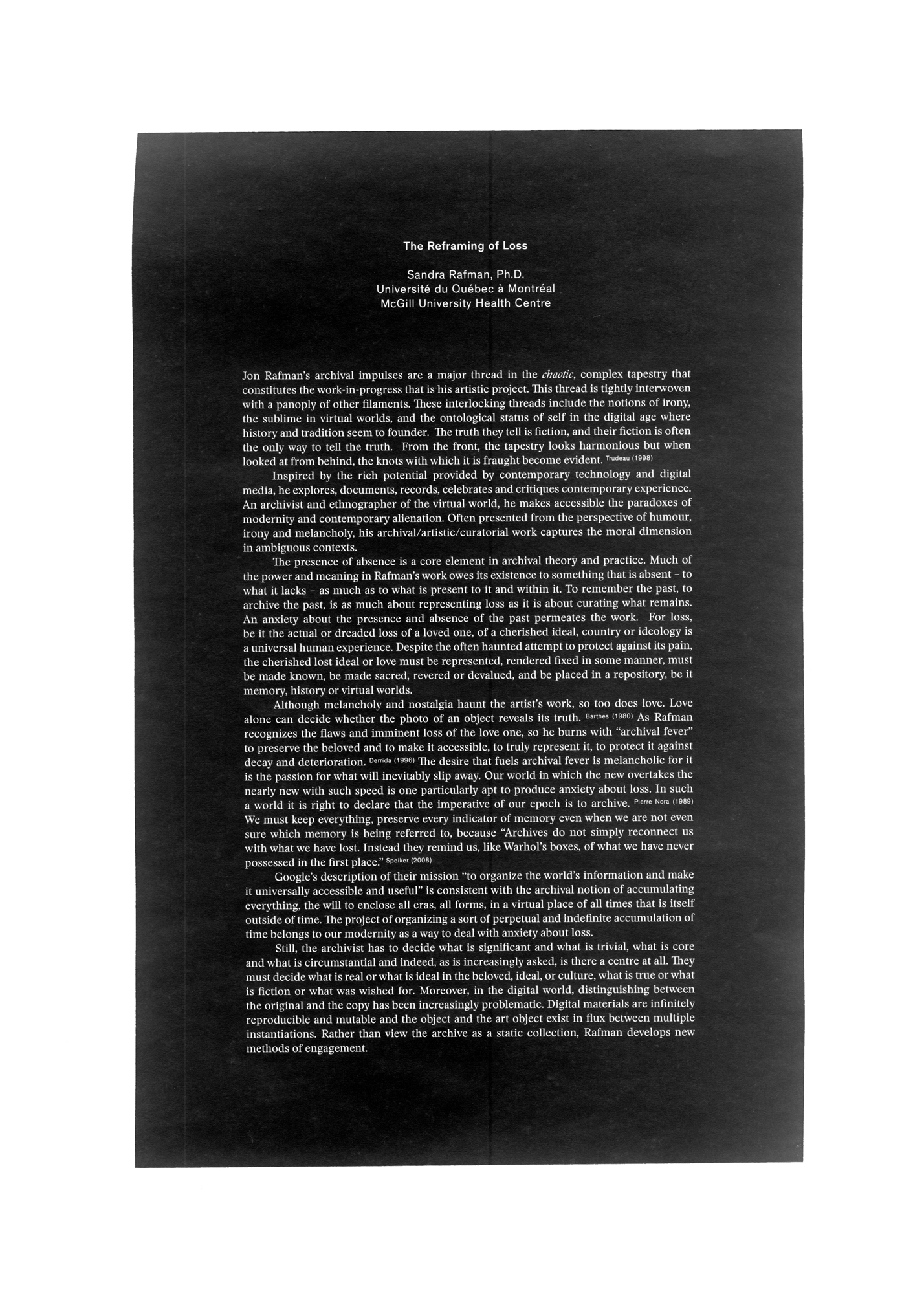
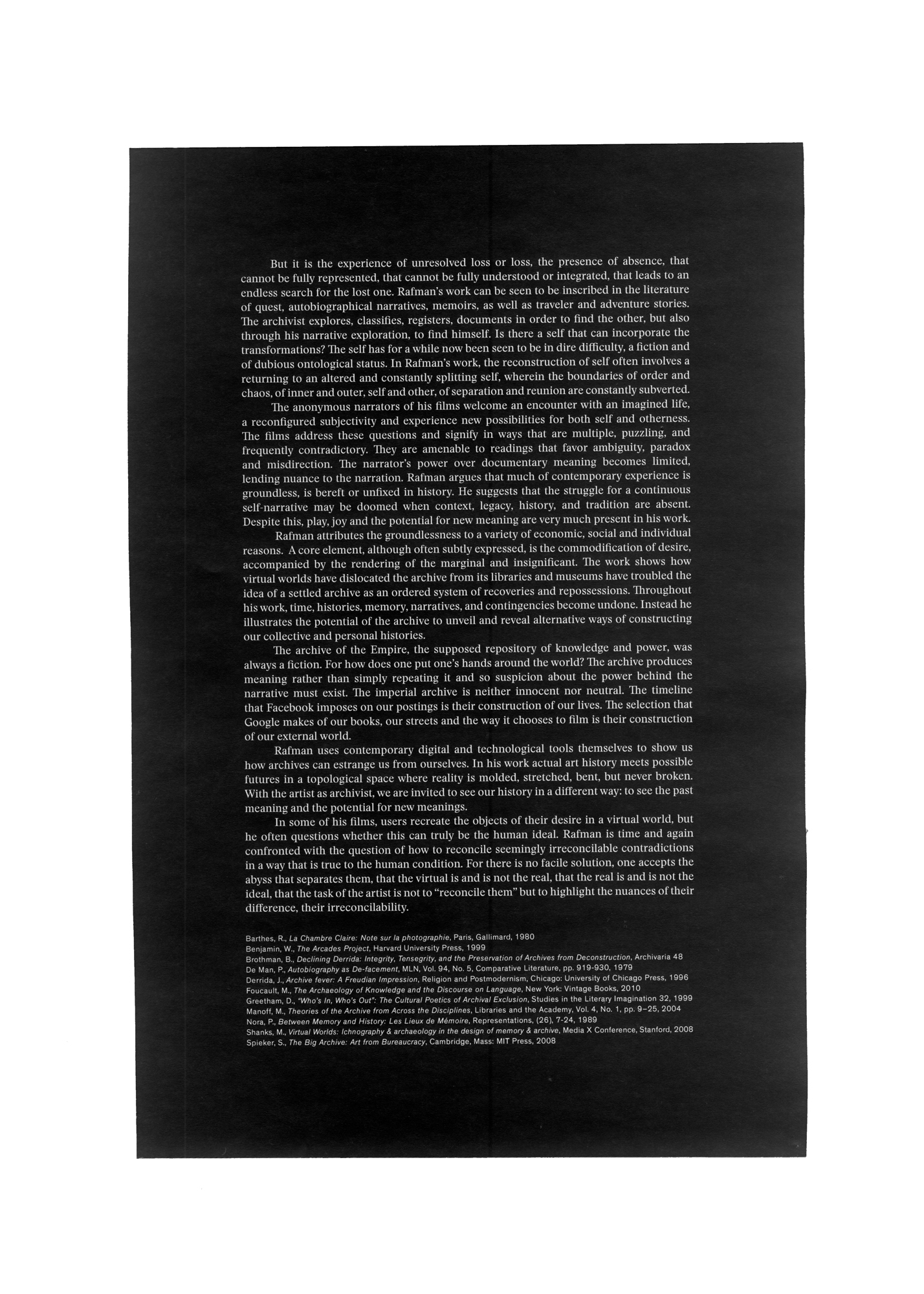
MYTHOLOGISING AN ALGORITHM
‘People exercise a high degree of selectivity with respect to their social relations and their spiritual preferences; technology, in the form of the Internet, is a tool that can enhance selectivity and centralise it as a strategy for being in the world. One can avoid a great deal that is deemed ‘unpleasant’ and still have contact with fellow human beings. Or one may role play with the knowledge that there is not much risk attached.’ [1] Or one may role play with the knowledge that there is some risk attached.
Fear of My Orifices
‘She might not have known why it worked but she knew that it did.... You’d have seen a very common sight, outside any womans dairy, all her dairy utensils lined up in the sun...’ [2]
FEAR; SO-CALLED DARK MATTER
HANNAH HOOKS: Your work covers film, installation, collage, sculpture and photography. How would you say you work with technology in your practice?
GOSHKA MACUGA: It’s hard to think of doing anything today without the use of technology. The piece of technology that I use most frequently and which has almost become part of me is my computer. I haven't quite become part of my computer yet, but through such an excessive use of this machine the actual parts of myself are starting to slowly collapse – this includes my eyes as well as my soul. I do lots of my research on the computer but I also often work on Photoshop. Telephone is the second most useful gadget. I sleep next my phone, I make art on the telephone and as John Cage said, ‘...when I am working well my bills go up’. After the phone and the computer, the third essential is the drill and that's about it.